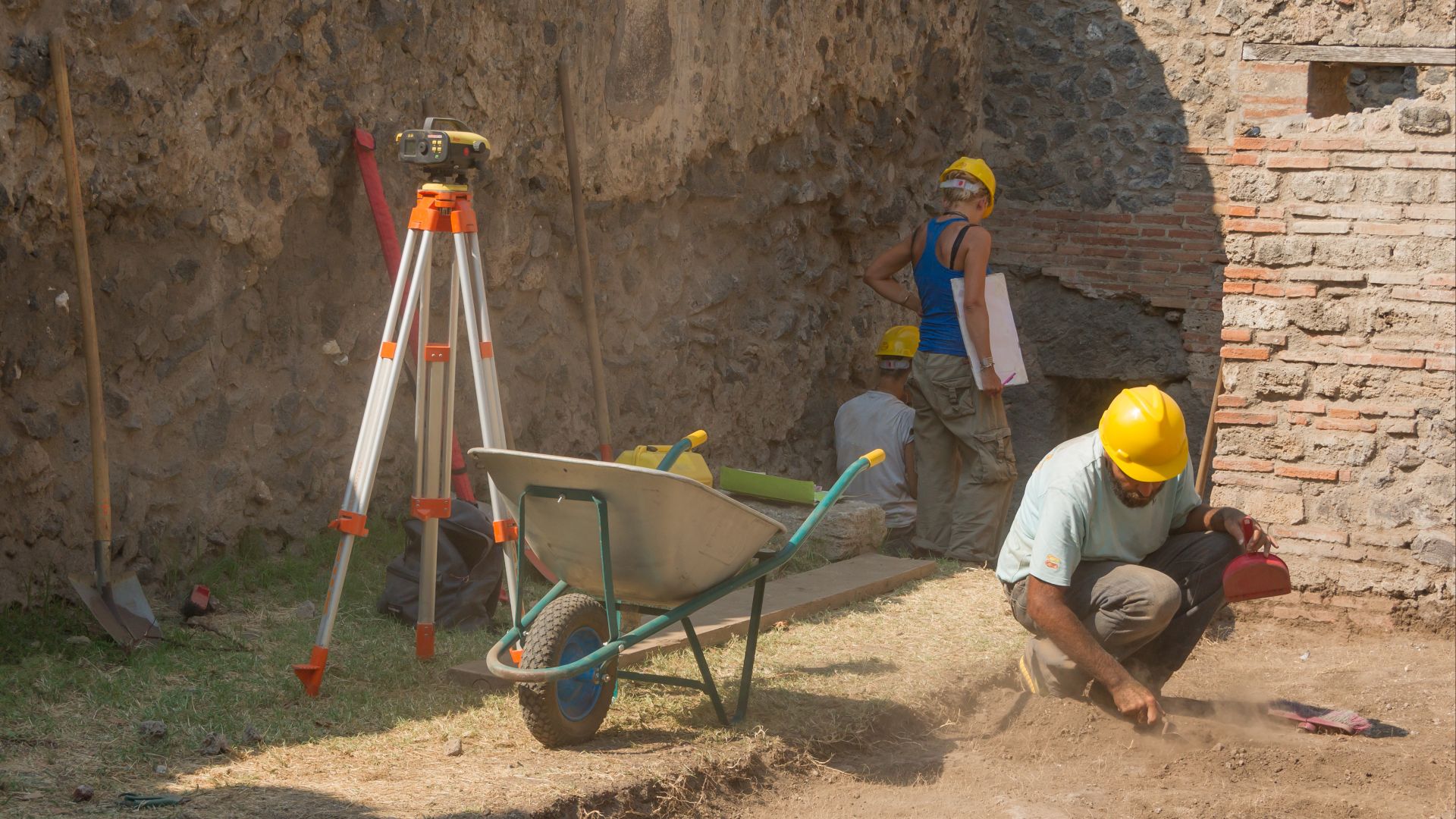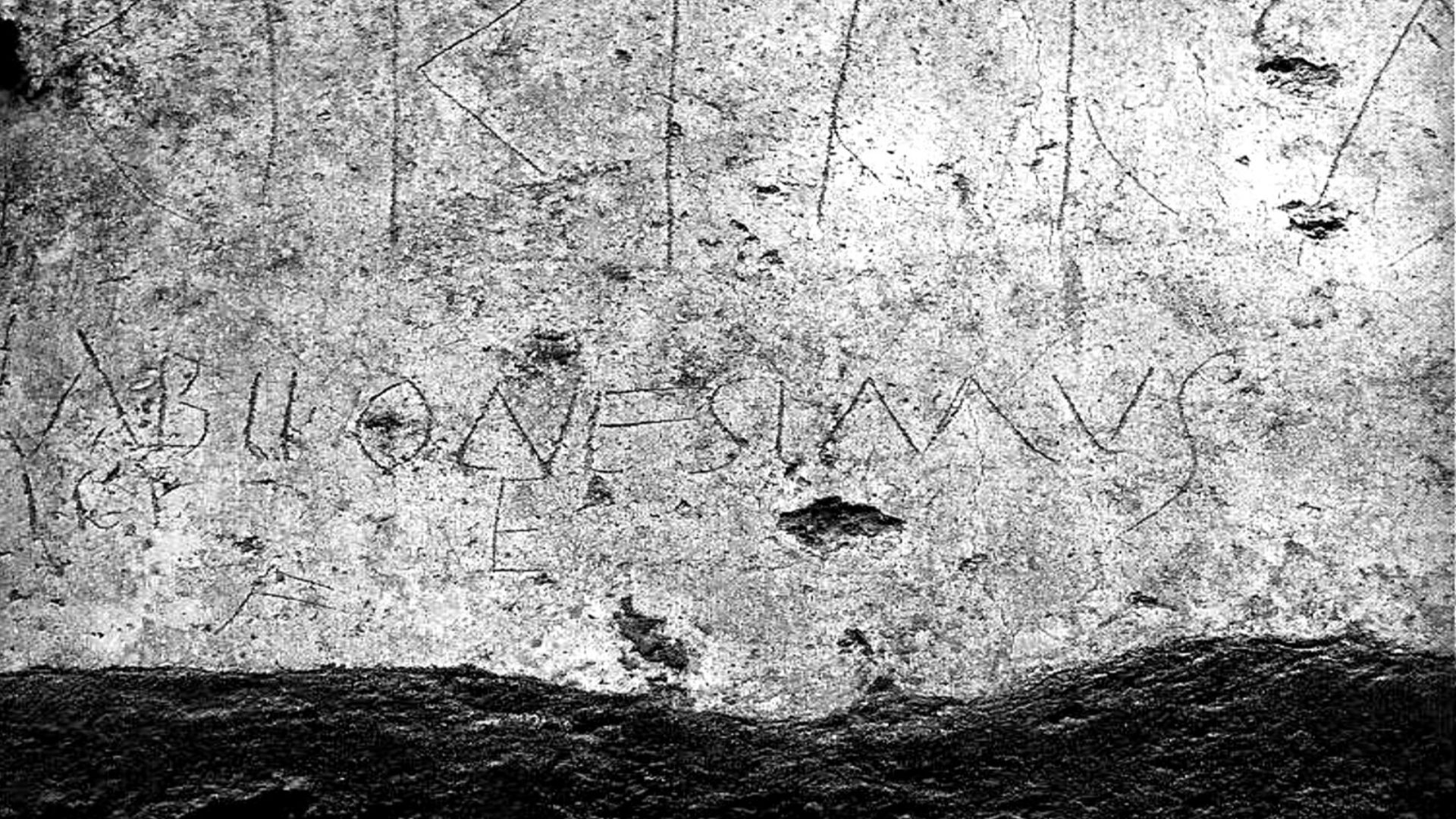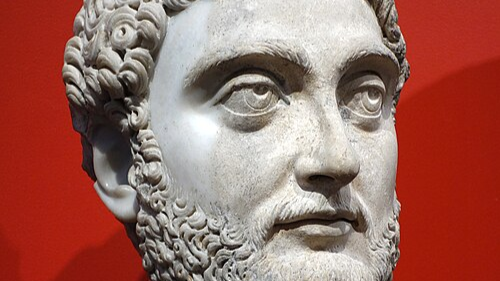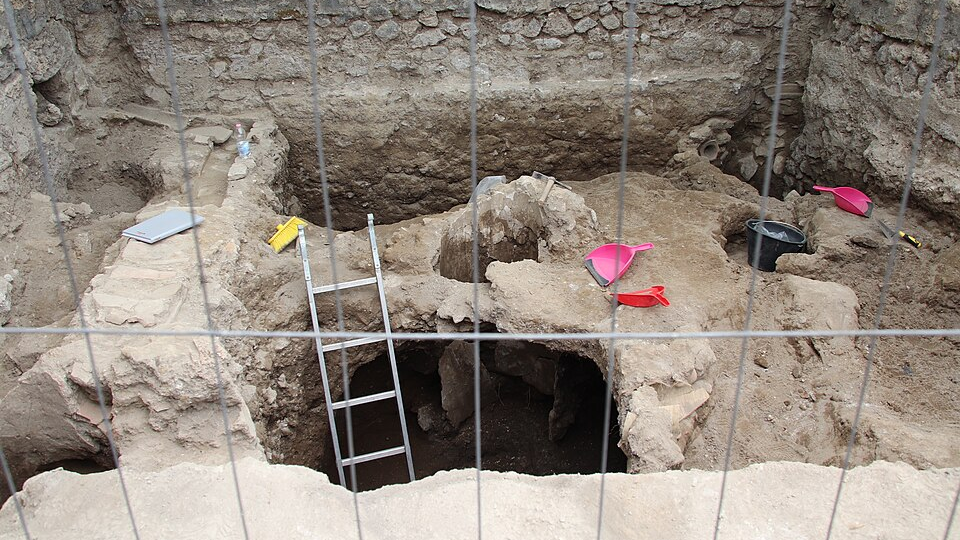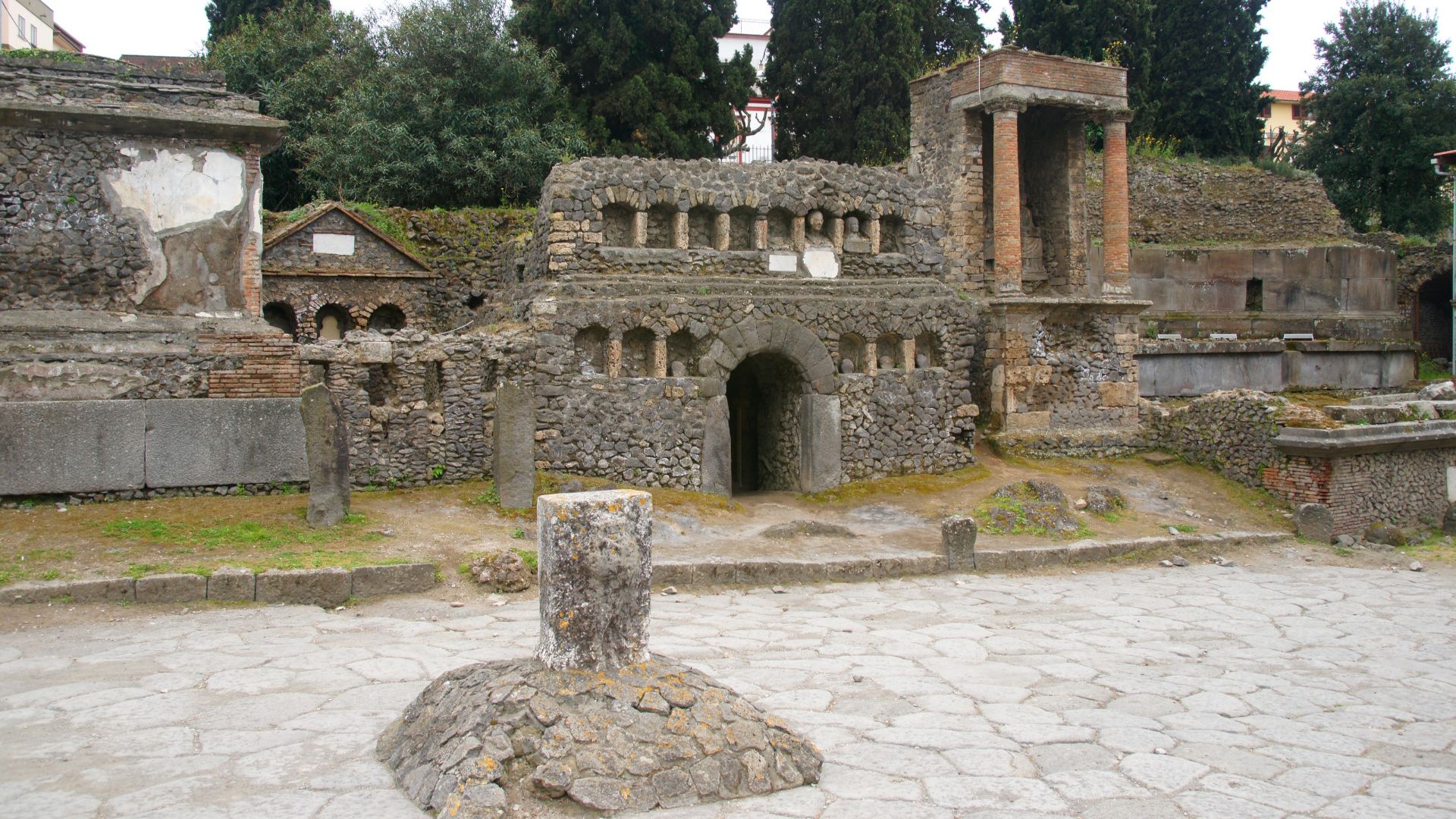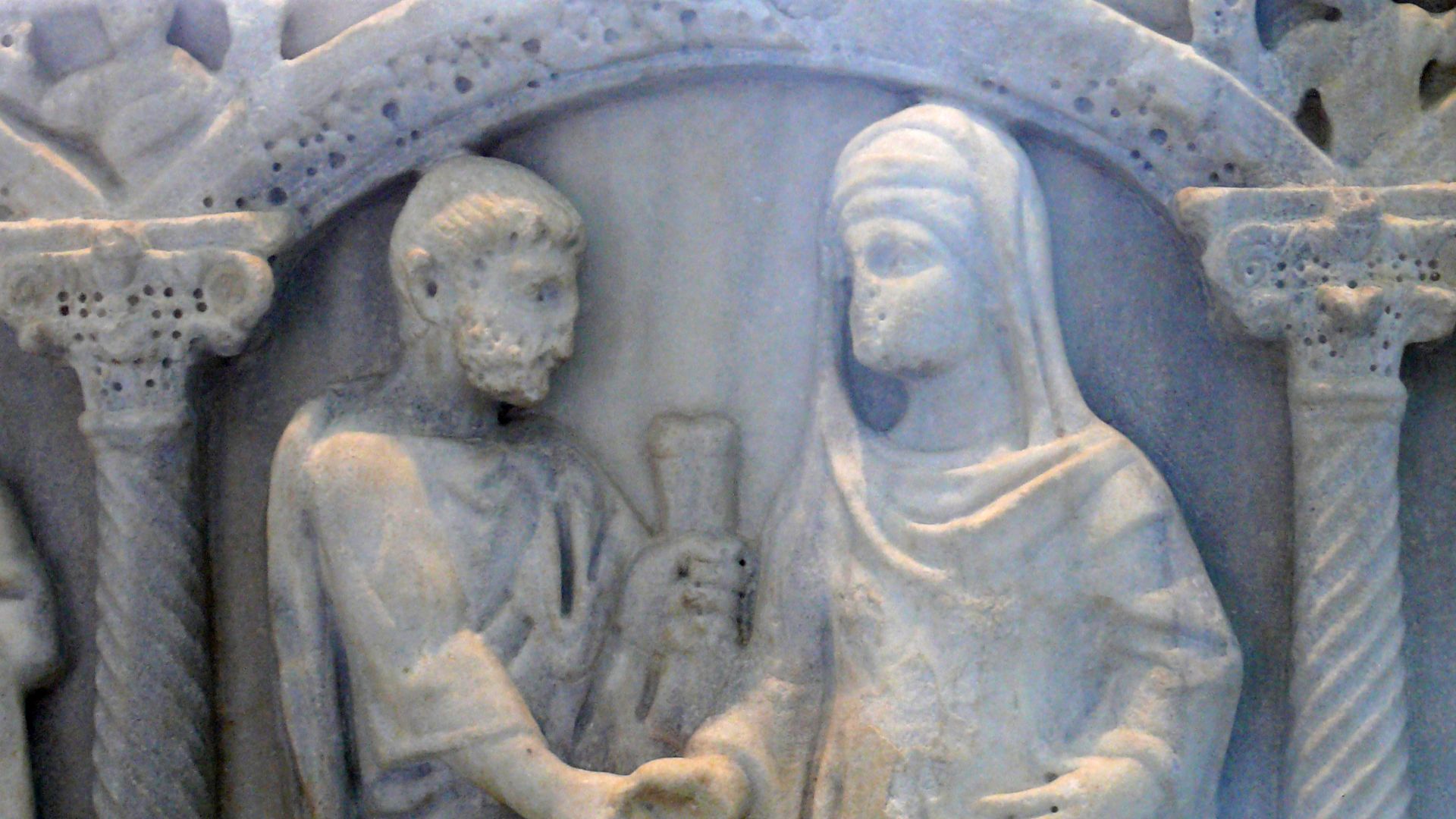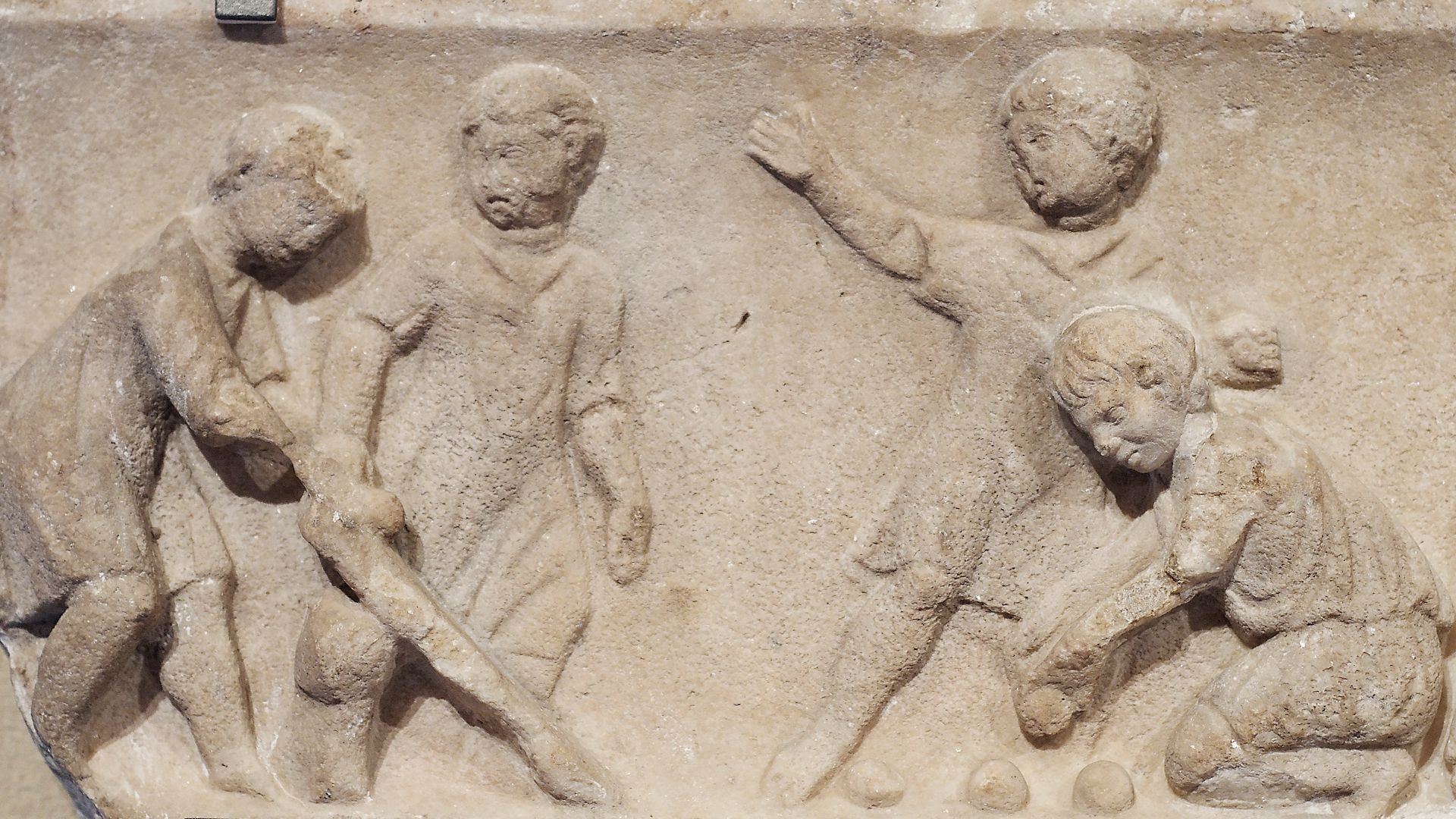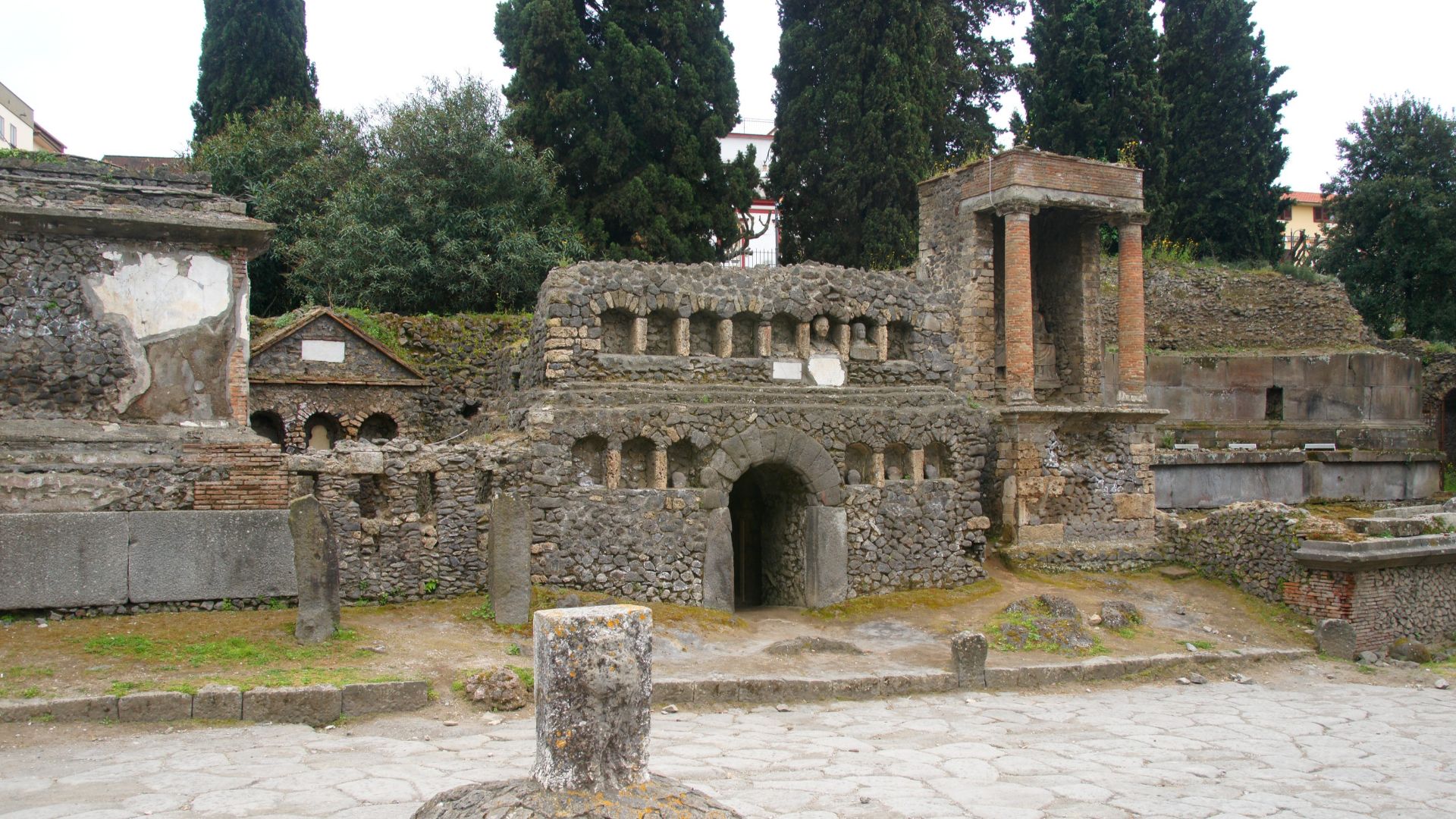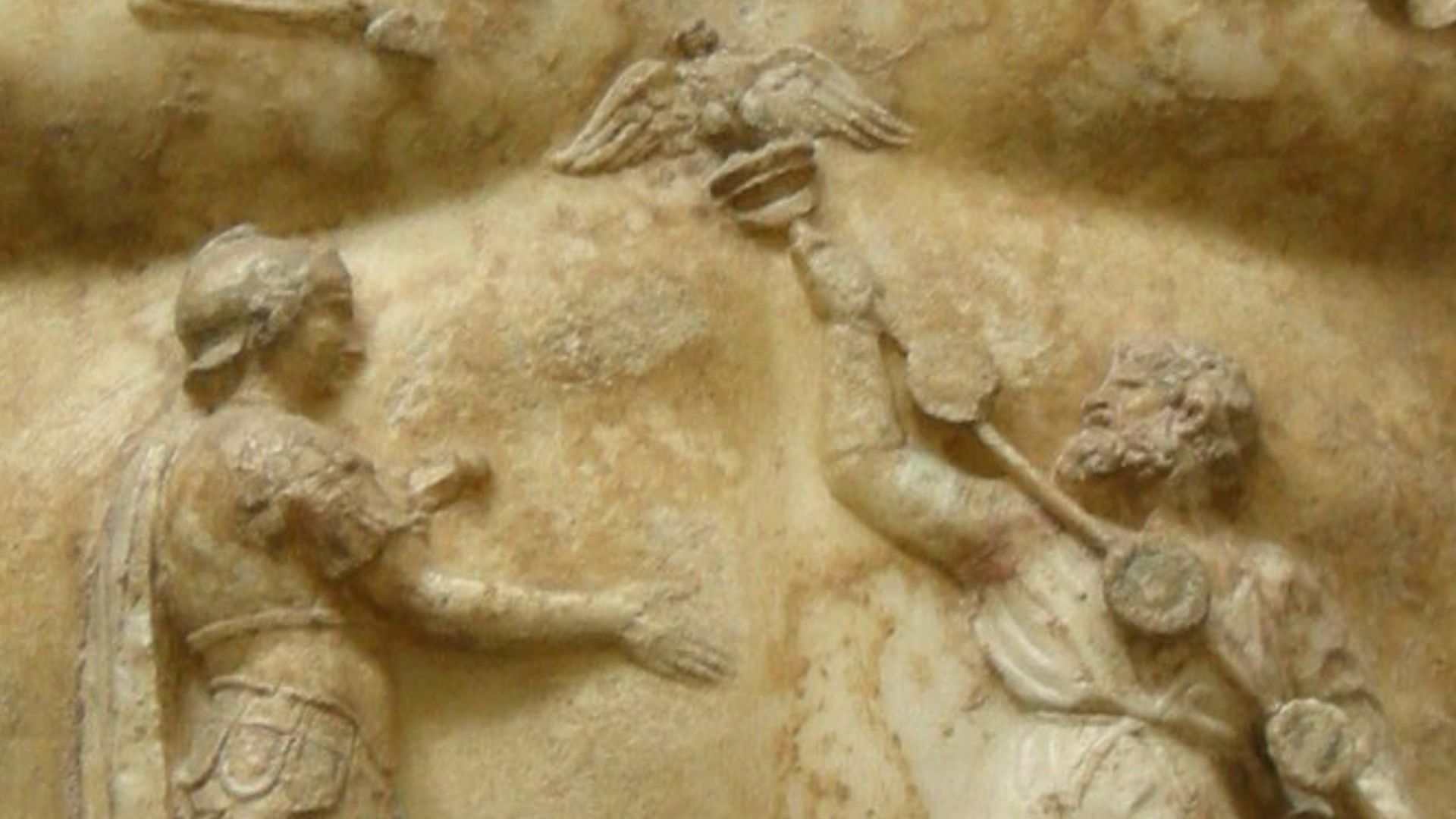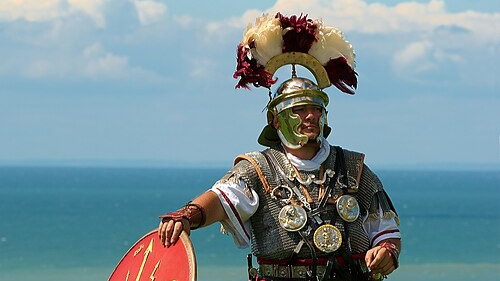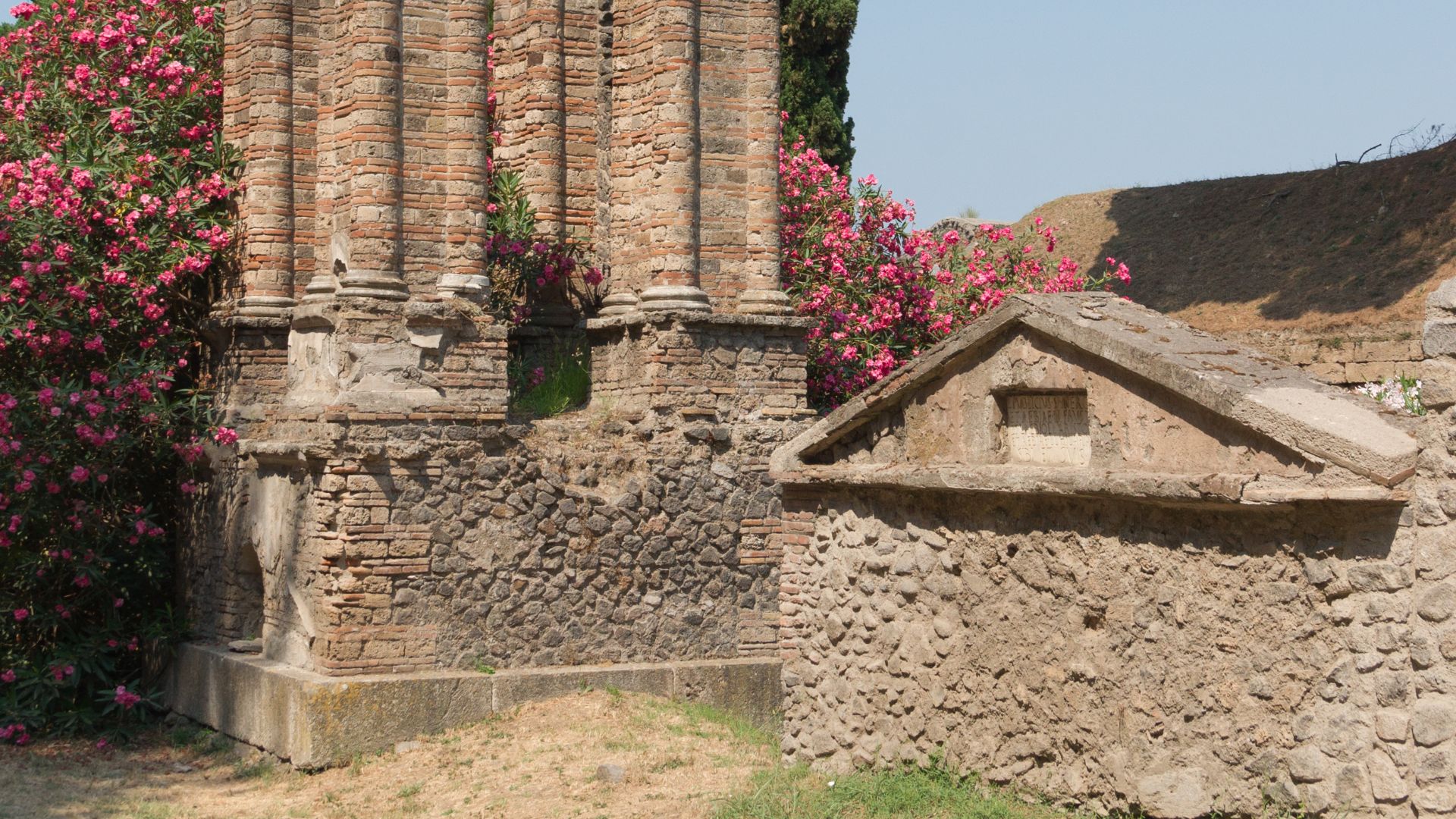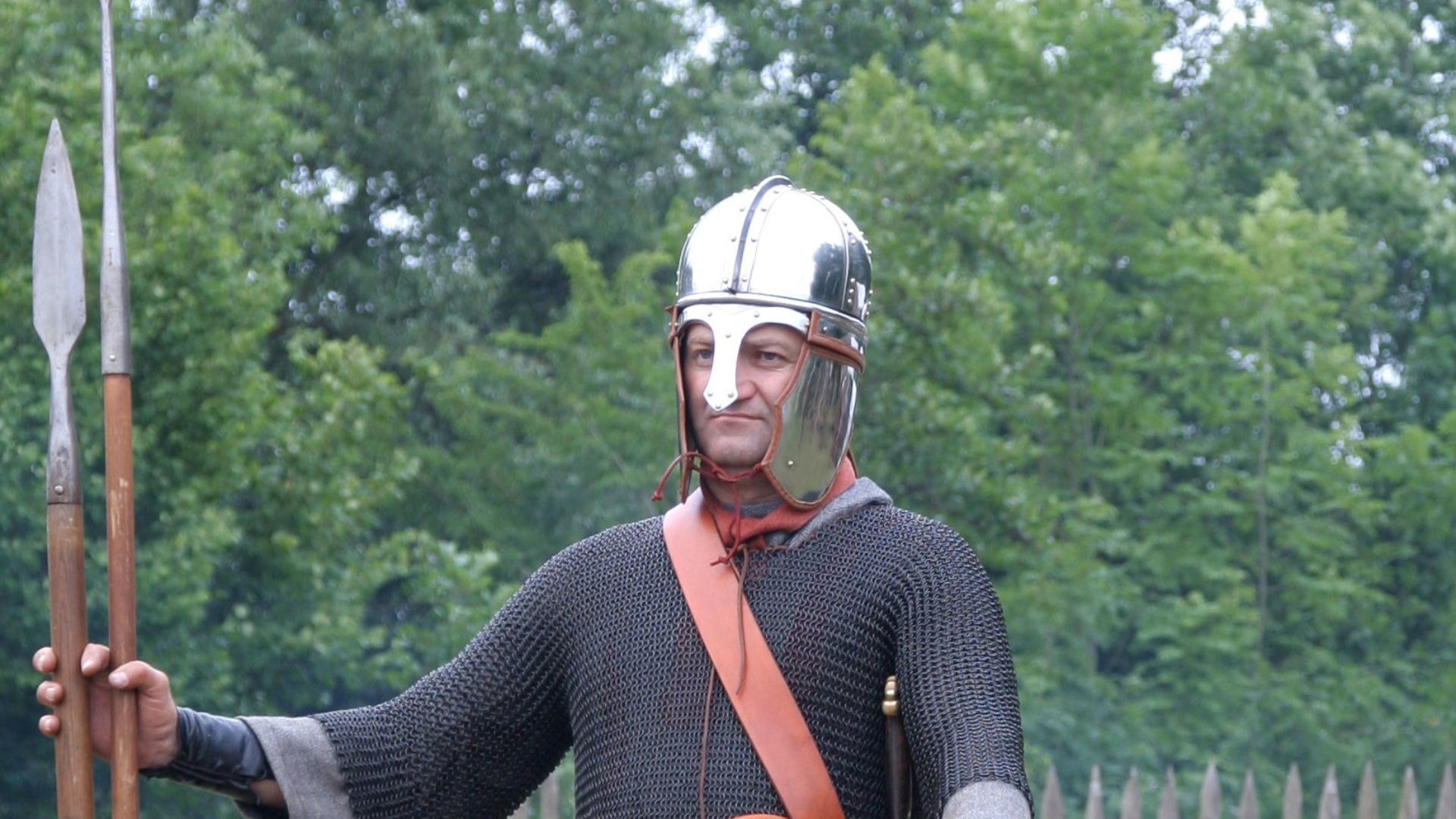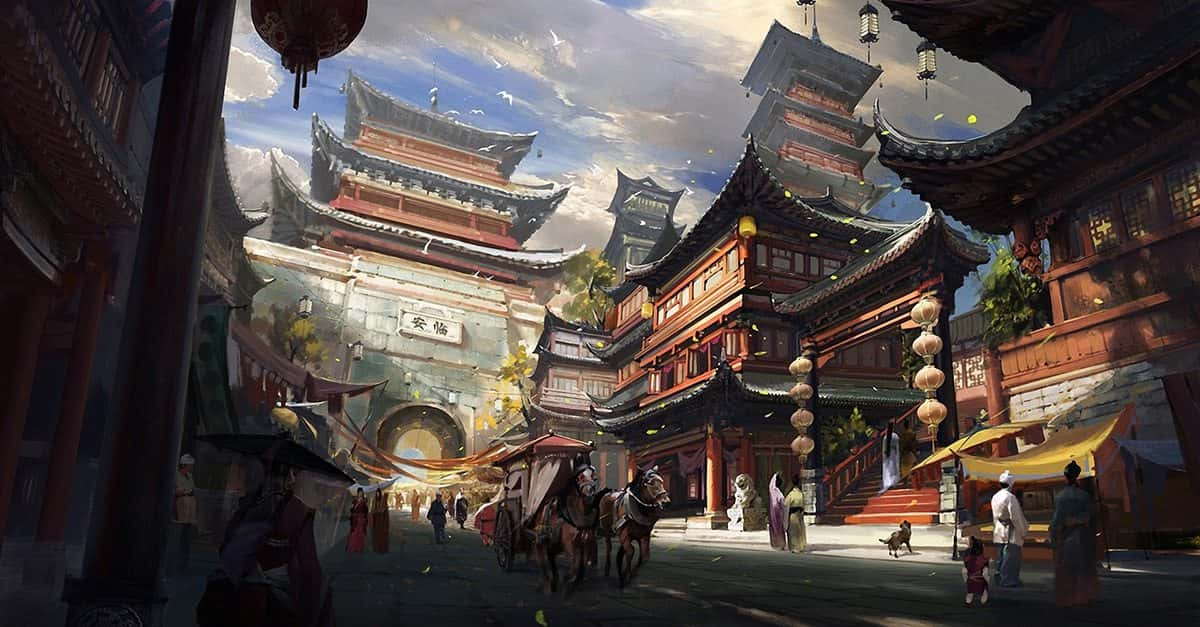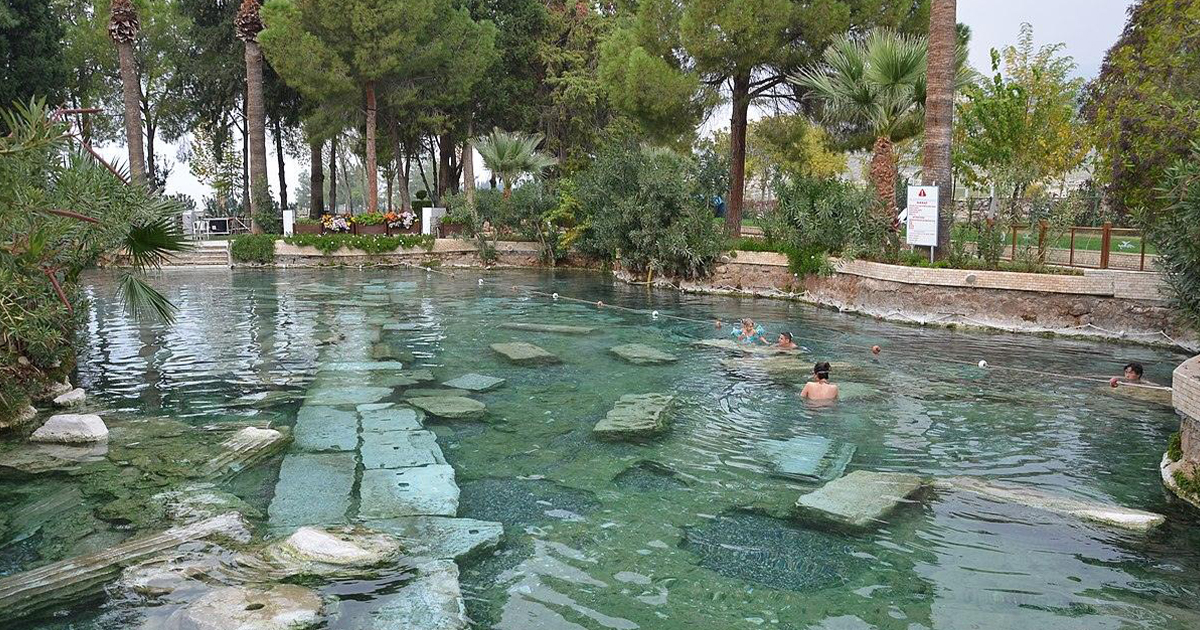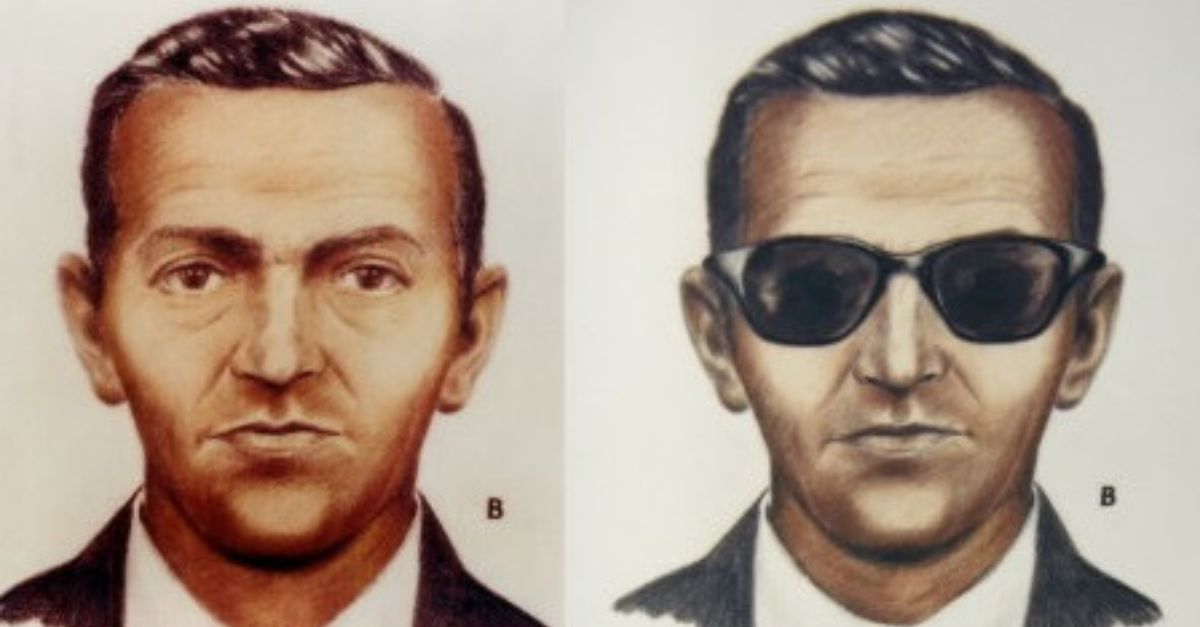Meet Numerius Agrestinus
Numerius Agrestinus was a distinguished Roman military officer honored for his service during the Cantabrian Wars in Hispania. Some titles, including military tribune, were well documented, but today’s archaeologists have unearthed physical remains that reveal more details from this fascinating man's life.

Who Initiated The Find?
The unexpected finding of Numerius Agrestinus's tomb occurred during routine Pompeii maintenance. Archeological research was prompted by the unexpected discovery of an inscription carrying Agrestinus's name during this repair endeavor.
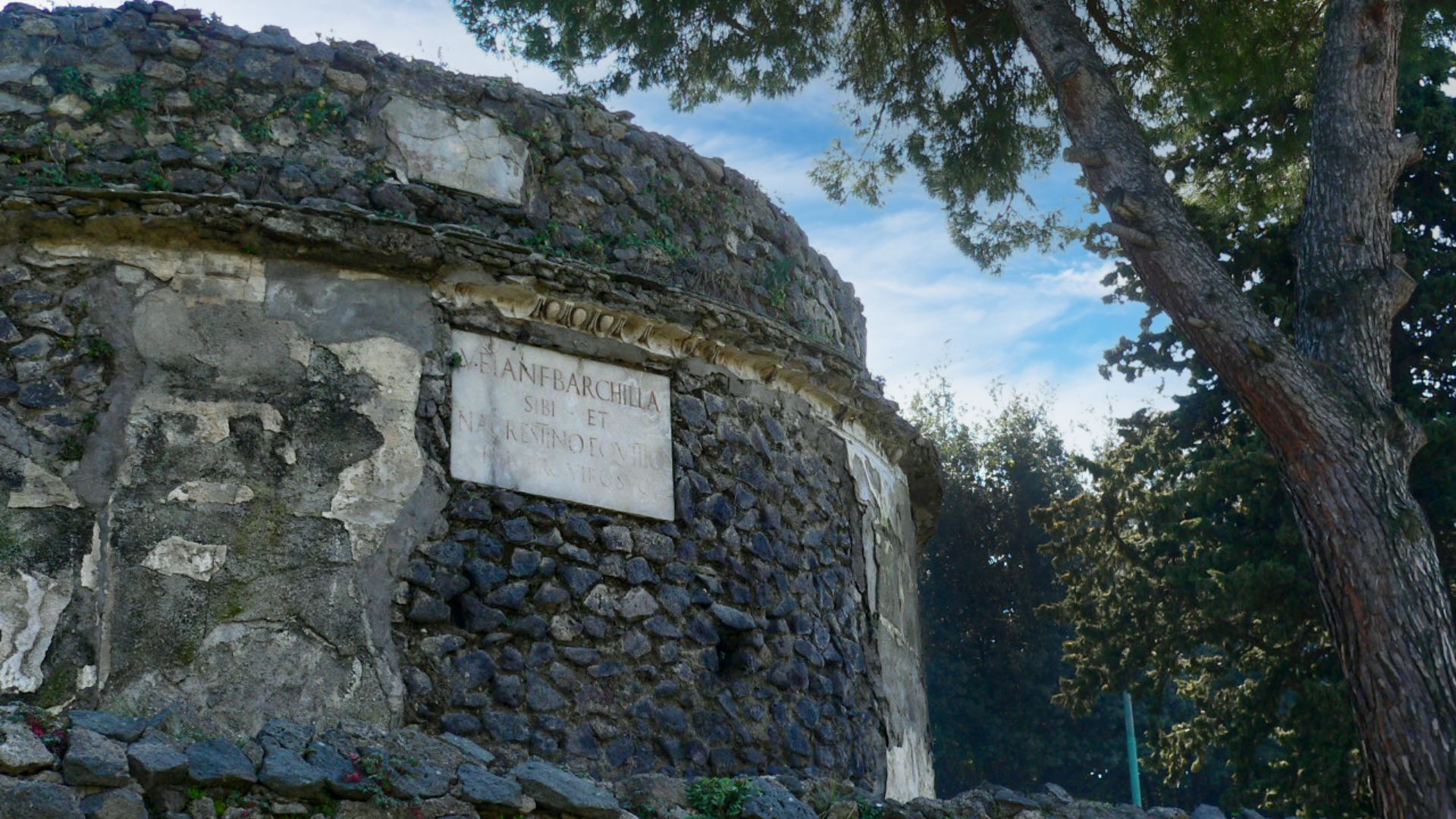 Mary Harrsch, Wikimedia Commons
Mary Harrsch, Wikimedia Commons
What Were They Working On?
The excavation was initially part of urban maintenance efforts in Pompeii, focusing on the stabilization of fragile structures in the ancient city. Archaeologists were assessing historical buildings in the area when they discovered fragments of a red-painted inscription.
The Team Was Packed With Experts
Specialists from the Archaeological Park of Pompeii oversaw the study, with support from other research organizations, in order to carefully preserve the site and record and interpret the tomb's inscriptions; historians, epigraphists, and field archaeologists worked together.
 Santabiblia, Wikimedia Commons
Santabiblia, Wikimedia Commons
Which Institutions Participated
The Archaeological Park of Pompeii, which oversees historical studies in the city, was involved in the excavation. In order to guarantee an appropriate interpretation of Agrestinus's military awards and inscriptions, researchers from the University of Naples Federico II, Universite Bordeaux Montaigne also provided epigraphic and historical studies.
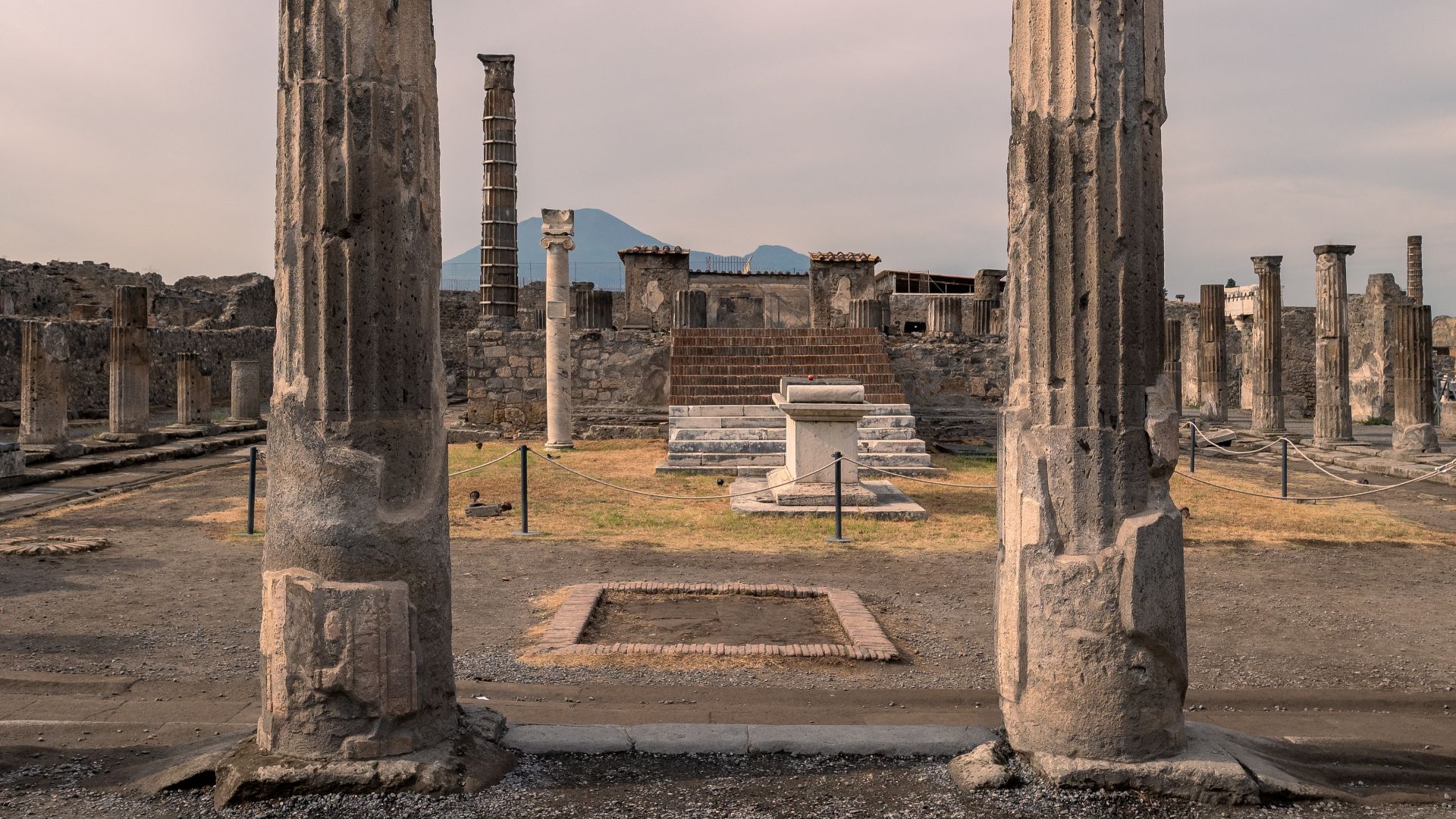 Jules Verne Times Two, Wikimedia Commons
Jules Verne Times Two, Wikimedia Commons
Initial Identification Of The Inscription
On a stone surface, archaeologists discovered tiny red pigment traces. They discovered Latin letters that had been largely hidden by centuries of sedimentation upon closer inspection. As a result, maintenance activities were immediately stopped, and a formal excavation was started.
Careful Cleaning And Documentation
Experts carefully cleaned the inscription using soft brushes and non-invasive techniques to prevent damage to the fragile pigment. As the letters became clearer, epigraphists began transcribing the text, revealing the name Numerius Agrestinus and his military titles. The presence of red paint suggested an official Roman honor.
The Writing On The Wall Read
“N(umerius) AGRESTINUS N(umerius) F(ilius) EQUITUS PULCHER TRIB(unus) MIL(itum) PRAEF(ectus) AUTRYGON(um) PRAEF(ectus) FABR(um) II D(uum)V(irus) I(ure) D(icundo) ITER(um) LOCUS SEPULTURAE DATUS D(ecreto) D(ecurionum)”.
The Above Translated To
“Numerius Agrestinus, the son of Numerius, who was a Just Knight, military tribune, Prefect of the Autrygoni, Prefect of engineers, and twice held the position of Duumvir by jurisdiction. His burial place was granted by decree of the city council”.
Expanding The Excavation Area
Archaeologists extended the dig beyond the inscription after realizing the importance of the discovery. They discovered a semicircular burial building typical of schola tombs, which were primarily used by notable individuals, but not exclusively. Agrestinus had been given a public burial by edict based on the design of the tomb.
Analysis Of The Tomb’s Architecture
The tomb featured a hemicyclic tufa bench adorned with lion’s paw decorations at its ends. This style was common among elite Roman burials. The structure’s placement near Pompeii’s Porta Nocera necropolis suggested that Agrestinus had been a highly respected figure in the city.
Epigraphic Interpretation And Historical Context
Latin scholars analyzed the inscription, confirming Agrestinus’s military tribune status and his role as Prefect of Engineers. His mention in another inscription at Porta Nocera indicated that his wife, Veia Barchilla, had initially commissioned a monument before the city council honored him with a public tomb.
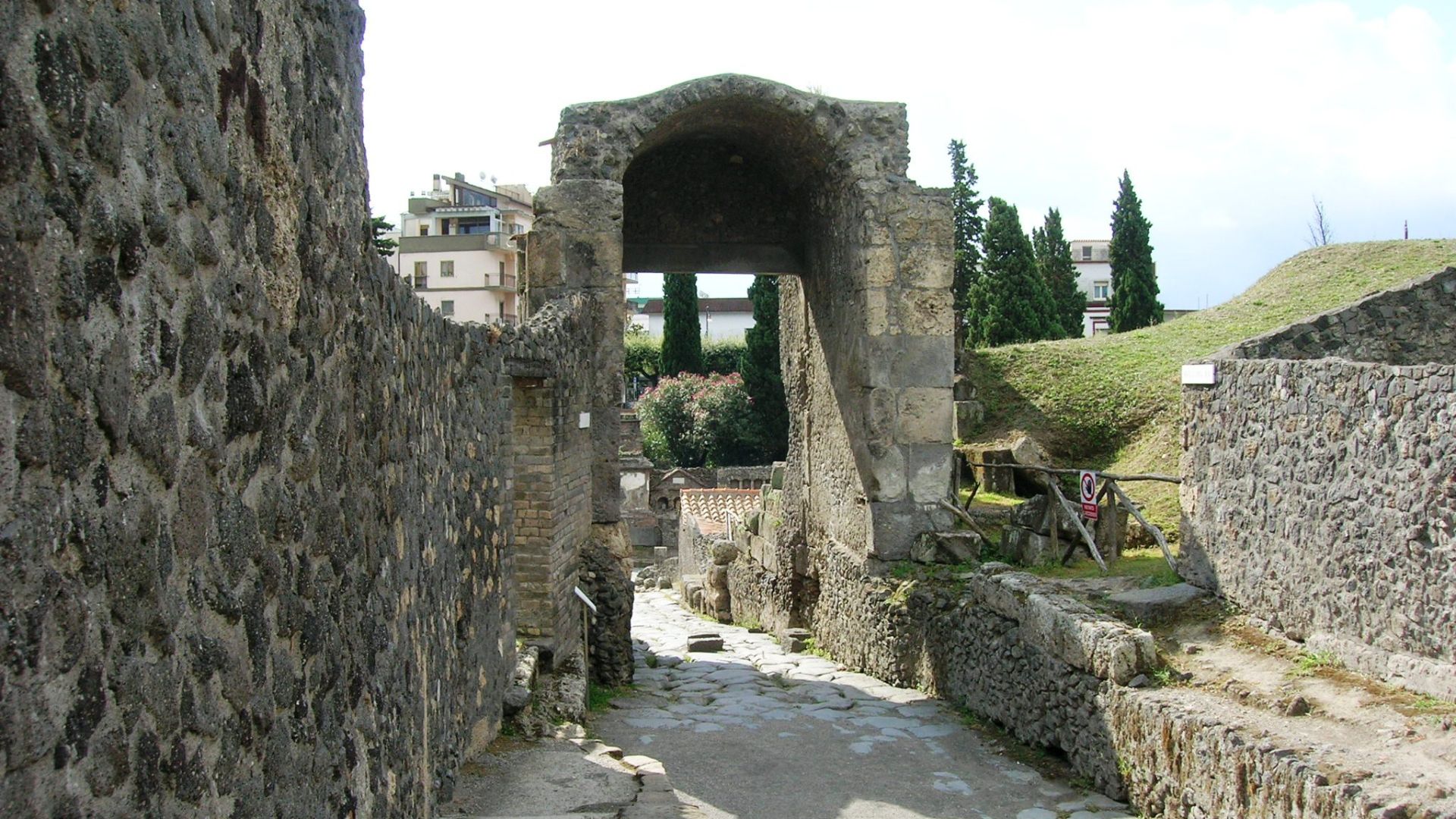 Mentnafunangann, Wikimedia Commons
Mentnafunangann, Wikimedia Commons
Linking The Discovery To Roman Military Campaigns
Historians connected Agrestinus’s career to Rome’s Cantabrian Wars (29–19 BCE) in Hispania, where he likely played a role in military engineering and governance. His prefect title suggested expertise in fortifications, logistics, and battlefield infrastructure, and this reinforced his importance in Roman military history.
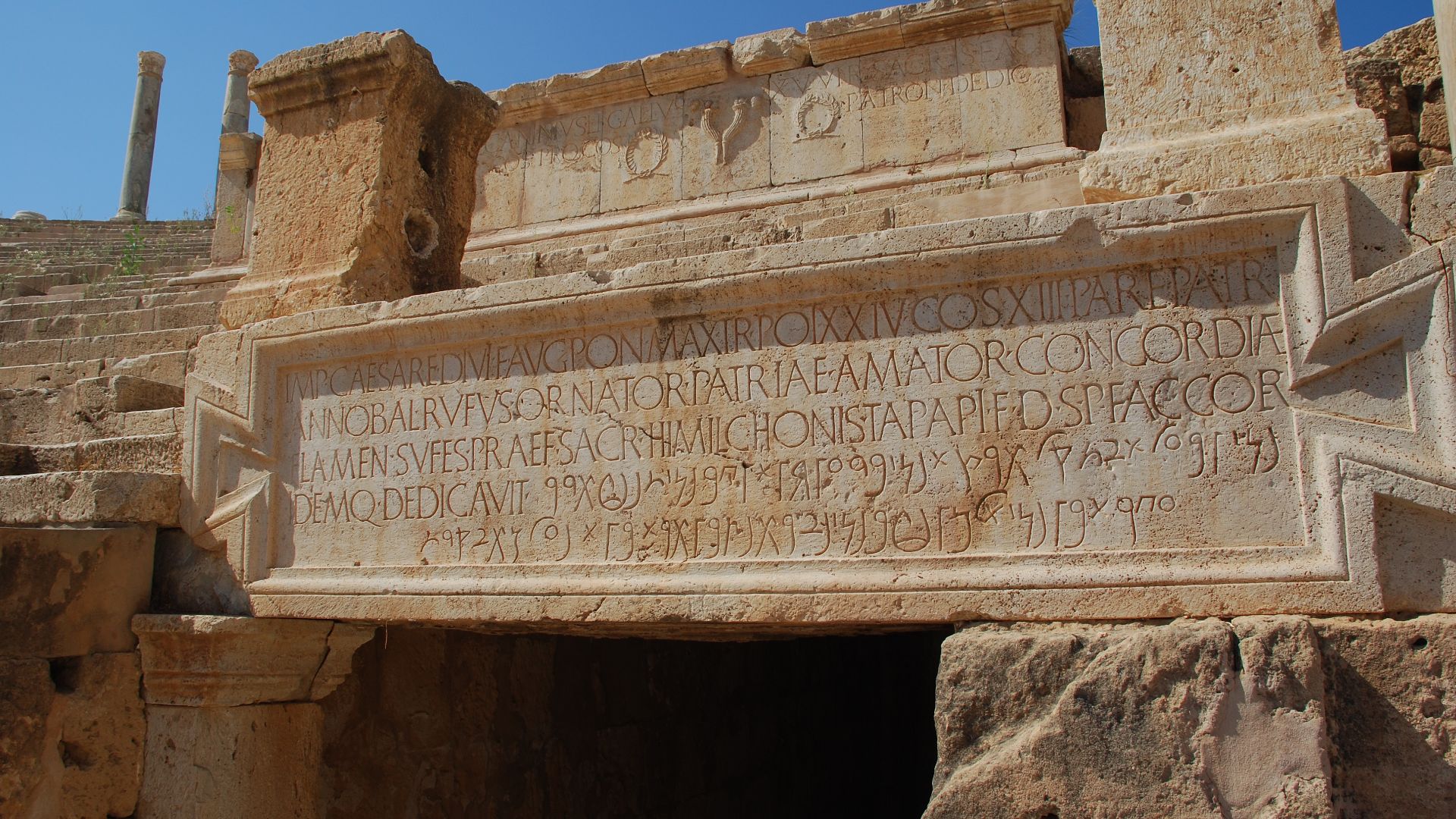 Papageizichta, Wikimedia Commons
Papageizichta, Wikimedia Commons
Birth And Early Life Of Numerius Agretinus
Numerius Agrestinus was born in the late 1st century BCE, likely in Pompeii or a nearby Roman province. His family belonged to the equestrian class, a prestigious social rank below the senatorial elite. His upbringing would have emphasized military discipline and Roman civic values.
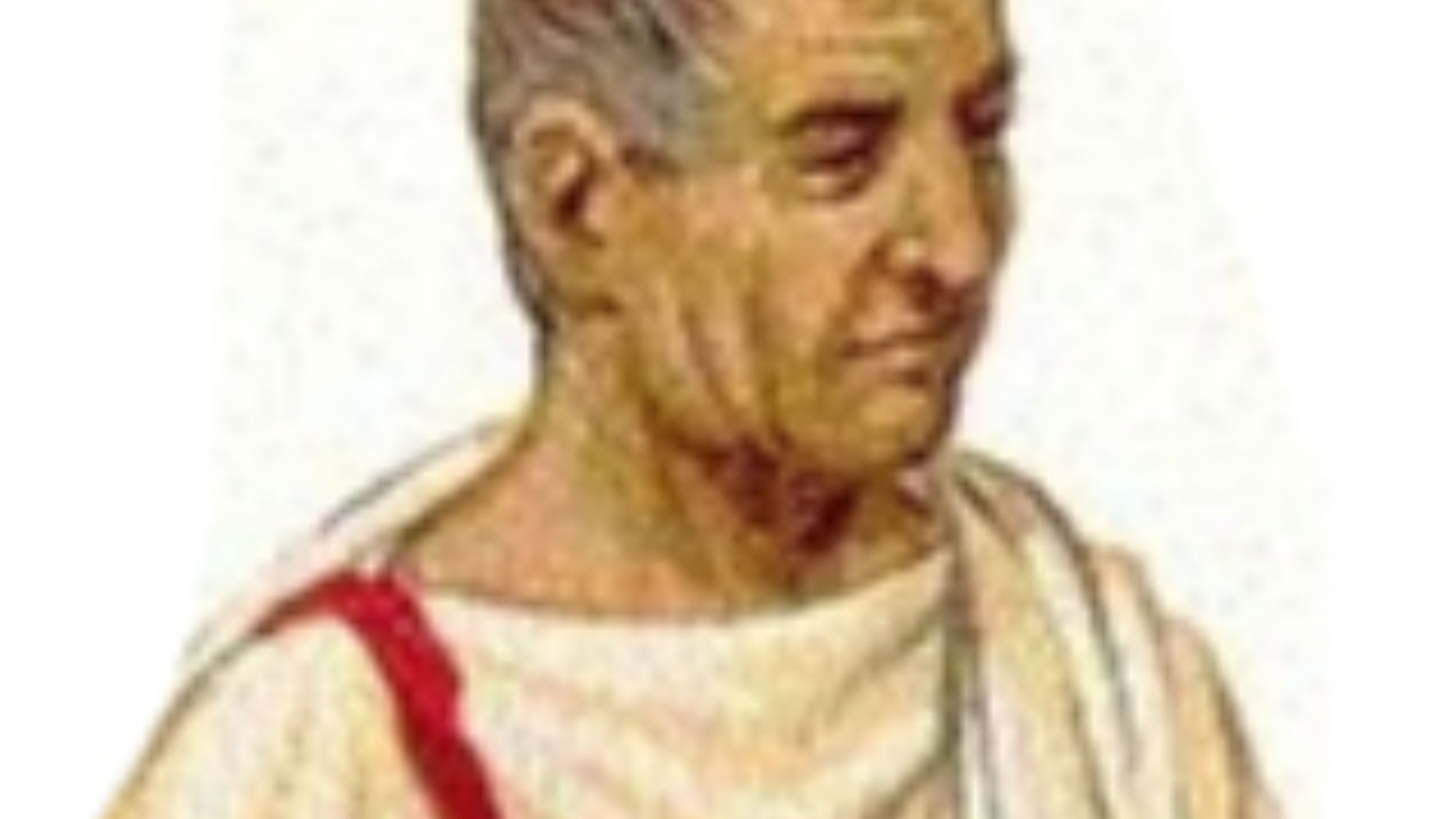 Dennishidalgo, Wikimedia Commons
Dennishidalgo, Wikimedia Commons
Family Life
Numerius Agrestinus was married to Veia Barchilla, a woman of considerable status in Pompeii. While there is no direct evidence of Agrestinus having children, his public burial decree implies that he was a respected figure within Pompeii’s elite circles, possibly influencing future generations.
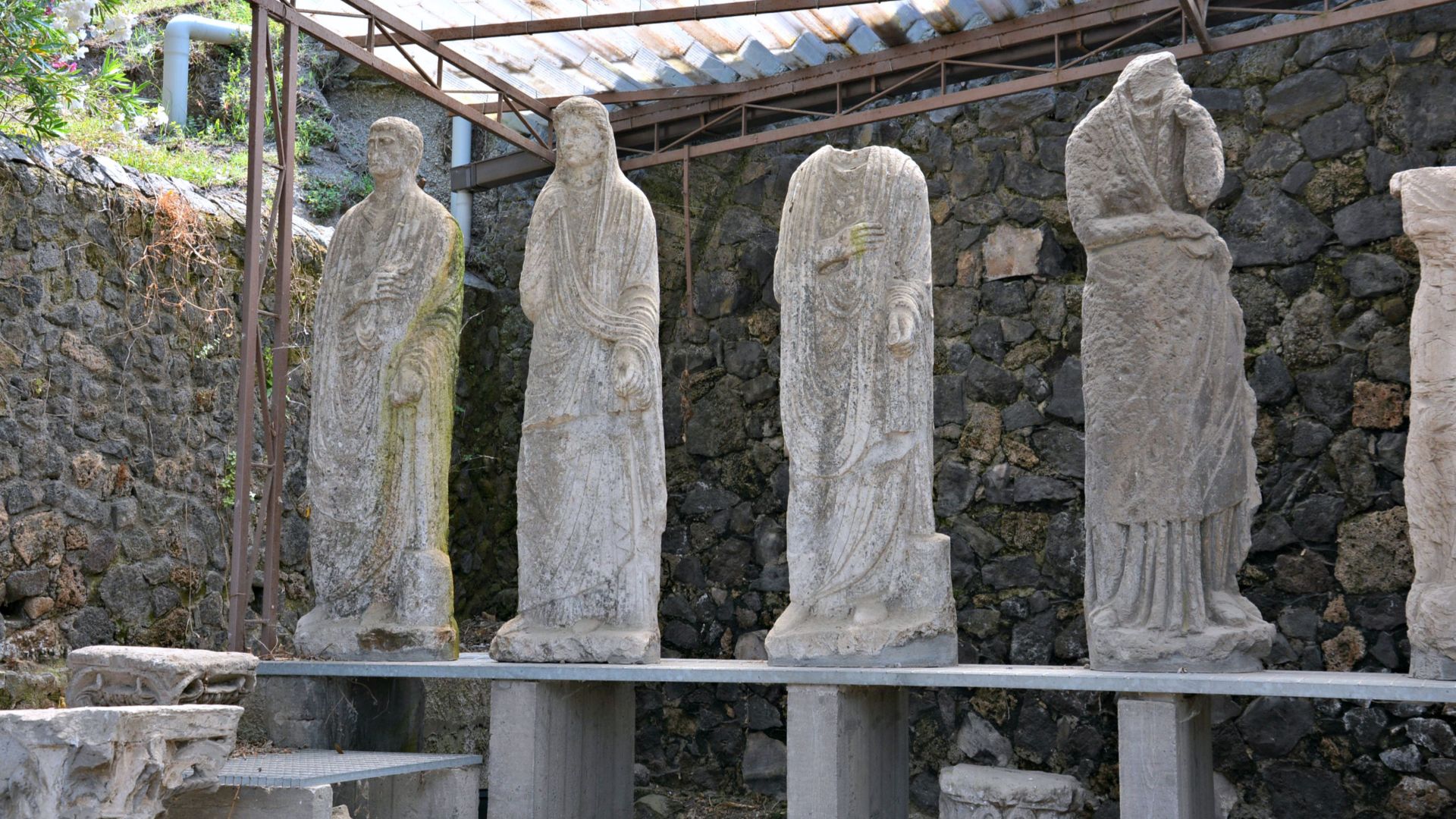 Mentnafunangann, Wikimedia Commons
Mentnafunangann, Wikimedia Commons
Married To The Military Way
Roman military officers frequently married into influential families, thereby securing political alliances that enhanced their careers. If Agrestinus had children, they would likely have inherited his equestrian status, granting them access to prestigious military and administrative roles.
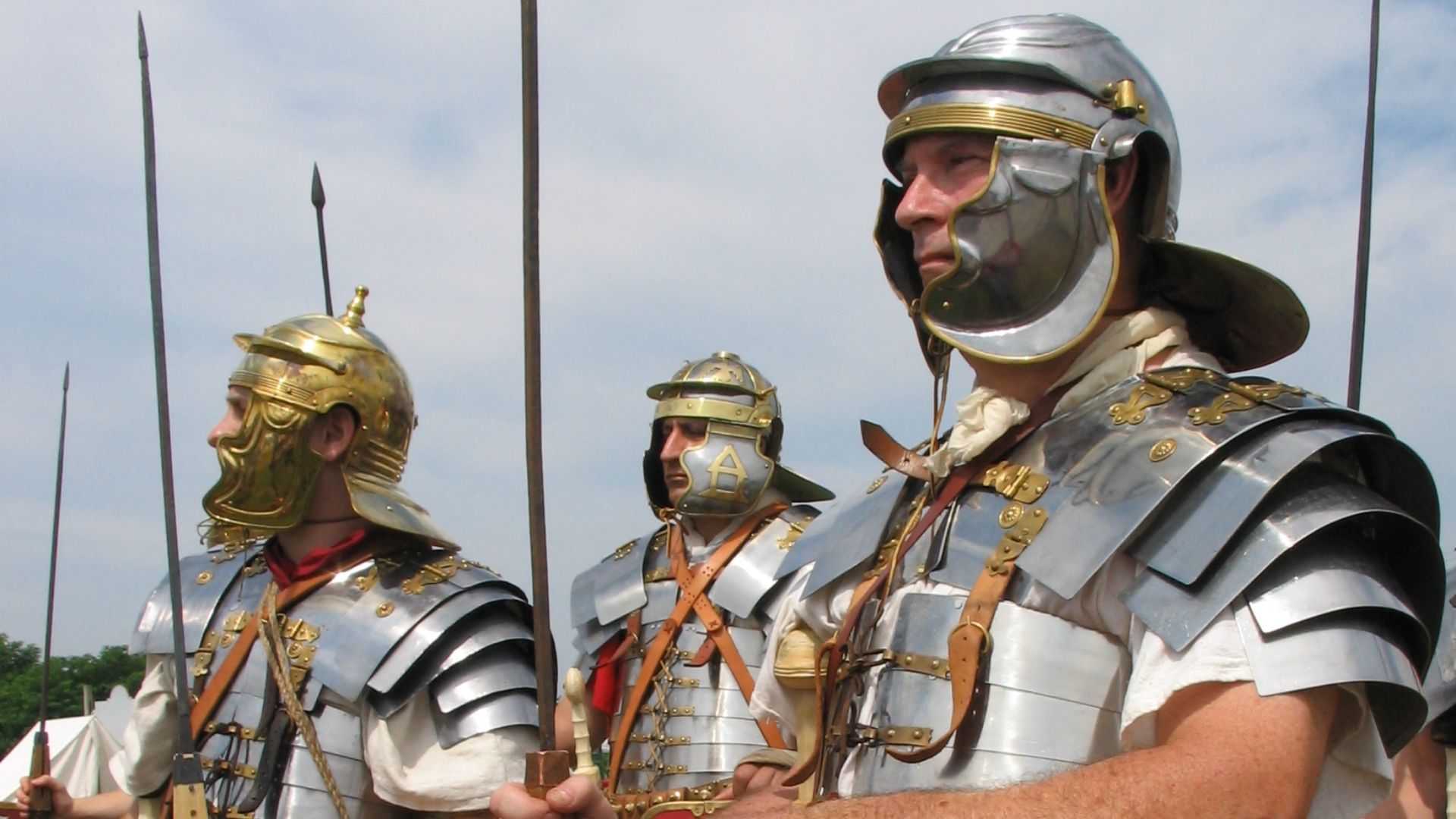 Photo taken by user Caliga10's wife., Wikimedia Commons
Photo taken by user Caliga10's wife., Wikimedia Commons
Why His Wife Had The Monument Built
Veia Barchilla’s decision to erect a monument for Agrestinus before the city council granted him a public tomb suggests that she was deeply invested in his memory. Roman women of noble standing often managed household affairs and even political relationships. Her actions indicate that she may have been wealthy.
No Children?
The absence of direct records about Agrestinus’s children does not necessarily mean he had none. Roman inscriptions typically prioritized military and civic titles over personal details, especially for figures honored by public decree. If he had sons, they may have followed in his footsteps, serving in Roman governance.
Most Of His Family Life Is Still A Blur
Ultimately, Agrestinus’s family life remains partially obscured by historical gaps, but his wife’s role in commemorating him highlights the importance of familial legacy in Roman society. His tomb stands as a show of both his military career and the enduring influence of his family.
Military Training And Early Career
As a young man, Agrestinus trained in Roman military academies, where he first mastered combat strategy. He must have also learned engineering and leadership. His early career likely involved service in legionary camps, where he gained firsthand experience in warfare and logistics.
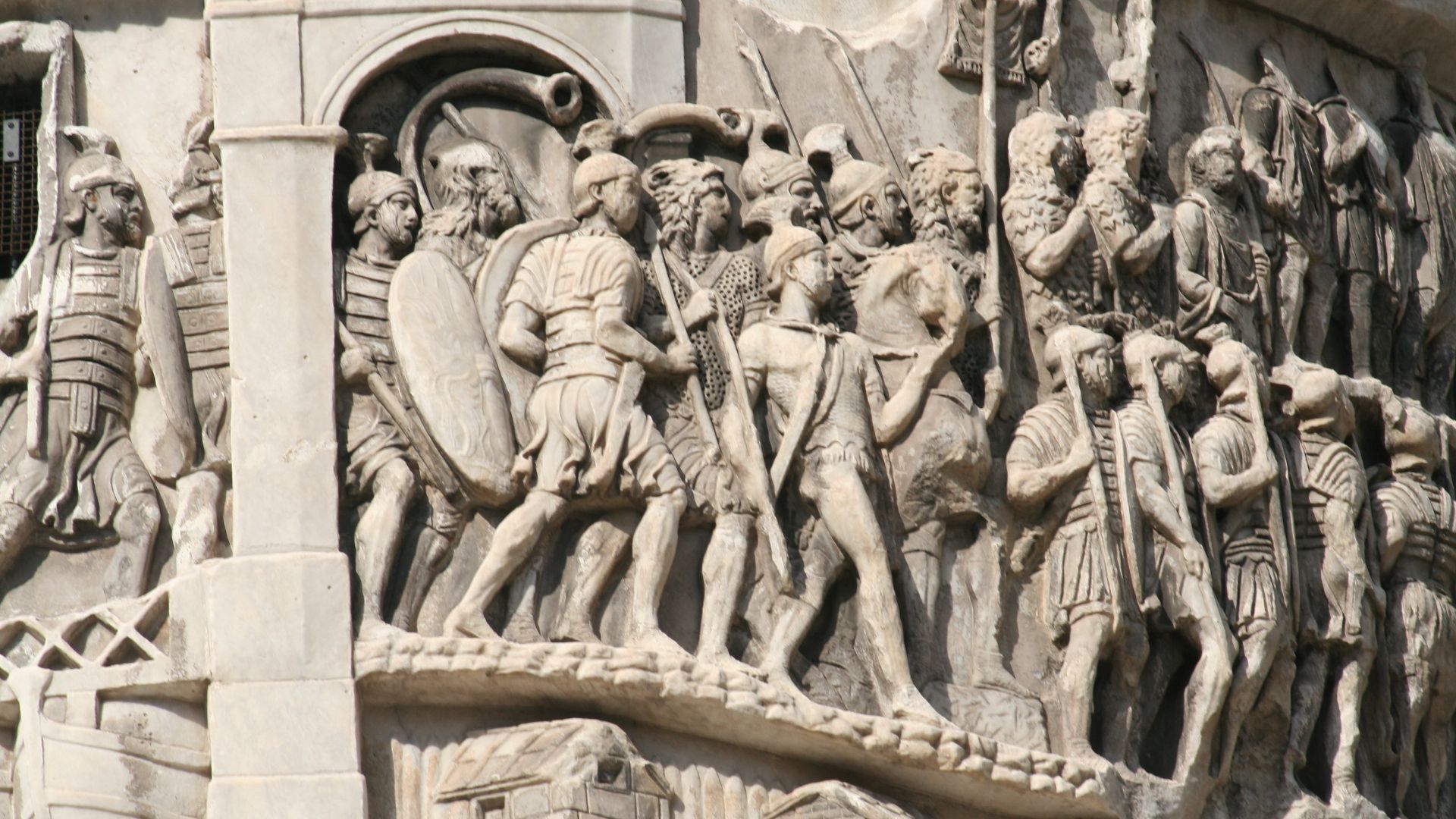 Barosaurus Lentus, Wikimedia Commons
Barosaurus Lentus, Wikimedia Commons
Appointment As Military Tribune
Agrestinus rose to the rank of military tribune, a position reserved for promising officers. This role placed him in command of Roman legions, probably overseeing troop movements and battlefield strategies. His leadership was instrumental in Rome’s expansionist campaigns, particularly in Hispania during the Cantabrian Wars (29–19 BCE).
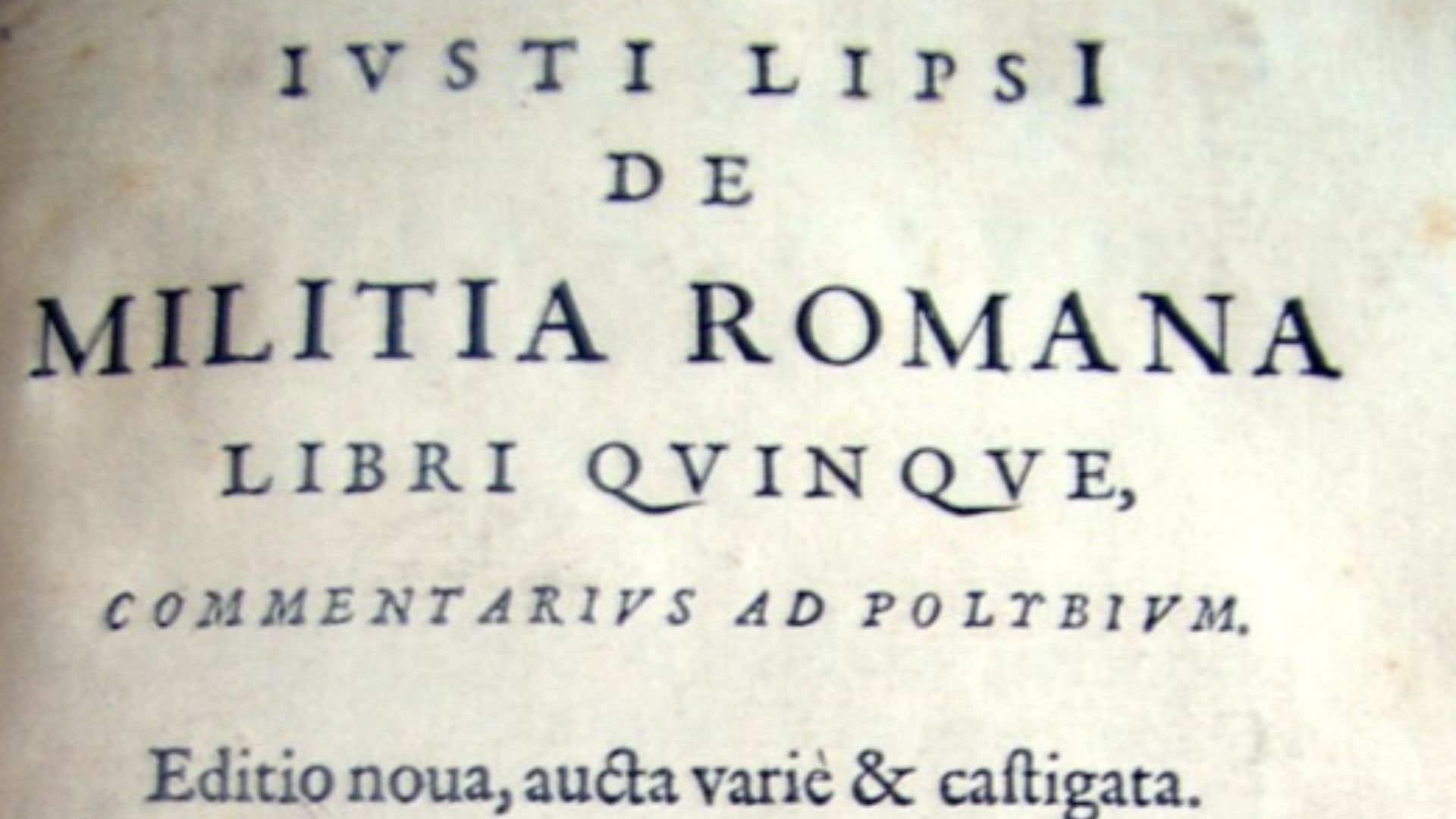 Book illustration: UnknownUnknown Photograph: Alainauzas, Wikimedia Commons
Book illustration: UnknownUnknown Photograph: Alainauzas, Wikimedia Commons
The Prefect Of Engineers
Agrestinus was later appointed “Prefect of Engineers,” a vital role in Roman military infrastructure. He supervised the construction of fortifications, roads, and siege weaponry. His role was to ensure Rome’s dominance in Hispania. Agrestinus’s expertise in engineering possibly made him indispensable to the empire’s expansion.
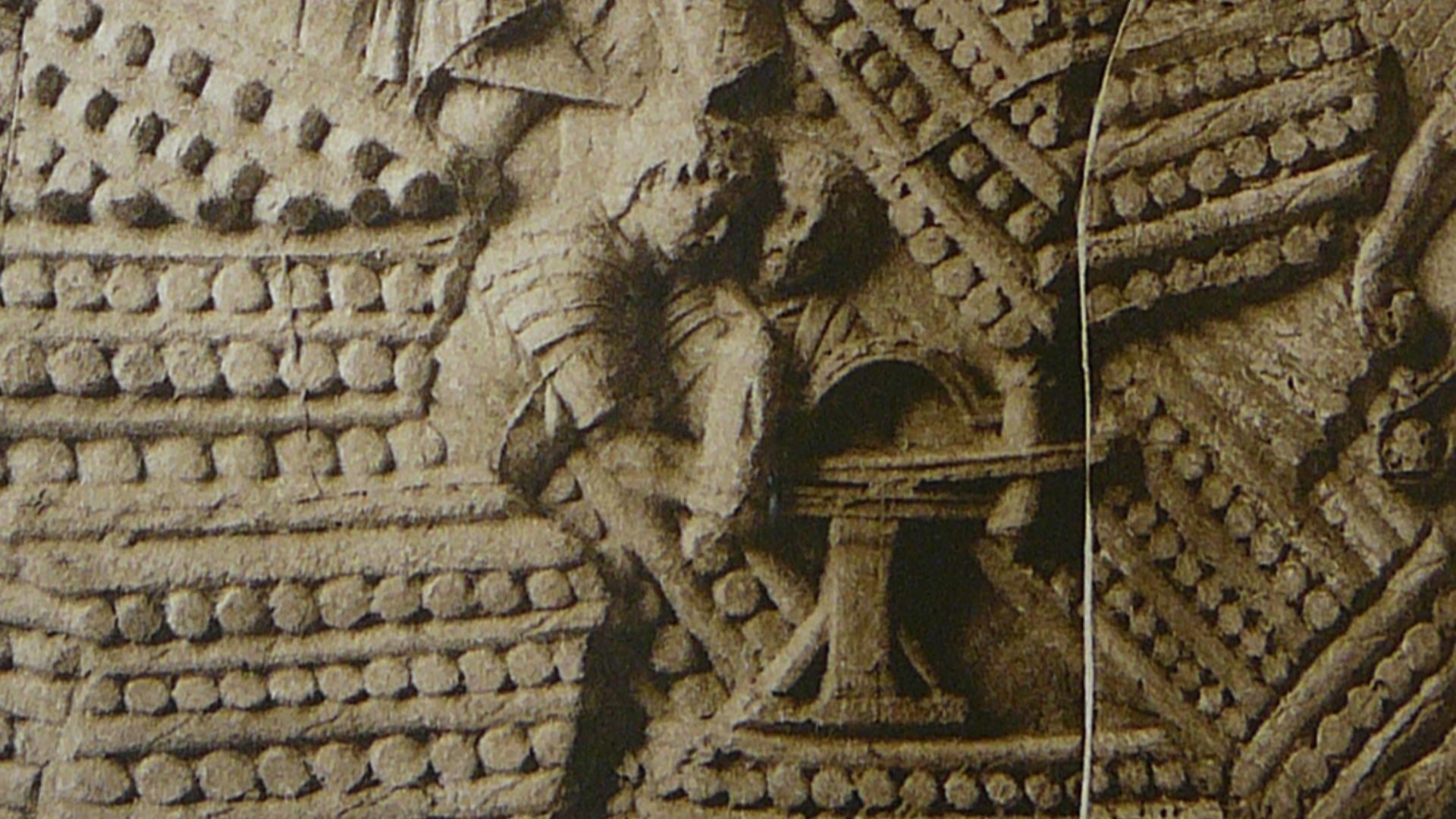 Attributed to Apollodorus of Damascus / Conrad Cichorius, Wikimedia Commons
Attributed to Apollodorus of Damascus / Conrad Cichorius, Wikimedia Commons
It’s Not Everyone Who Got All Titled Up In Roman, Here’s Why
Achieving high-ranking status in the Roman military, as Numerius Agrestinus did, required a combination of noble lineage, battlefield excellence, political connections, and specialized expertise. However, before even attending training, one had to belong to the right social class.
The Barrier Of Social Class
The Roman military leadership was reserved for the senatorial and equestrian classes. The highest ranks, such as legatus legionis, were exclusively held by senators, while equestrians like Numerius Agrestinus could command auxiliary forces. Ordinary soldiers, even the most skilled, rarely ascended beyond centurion status.
The Importance Of Patronage
Promotions were not solely merit-based—they depended on political favor and patronage. Officers needed connections to influential senators or the emperor to secure higher ranks. Agrestinus, who held the previously undocumented title of Prefect of the Autrygoni, likely benefited from imperial favor, ensuring his rise in the ranks.
Mastery In Multiple Disciplines Was Also Vital
High-ranking officers were also expected to excel in several areas, like military strategy, logistics, engineering, and civil matters. They basically had to be jacks of all trades and masters of all. Agrestinus seemed to fit the bill, don’t you think so?
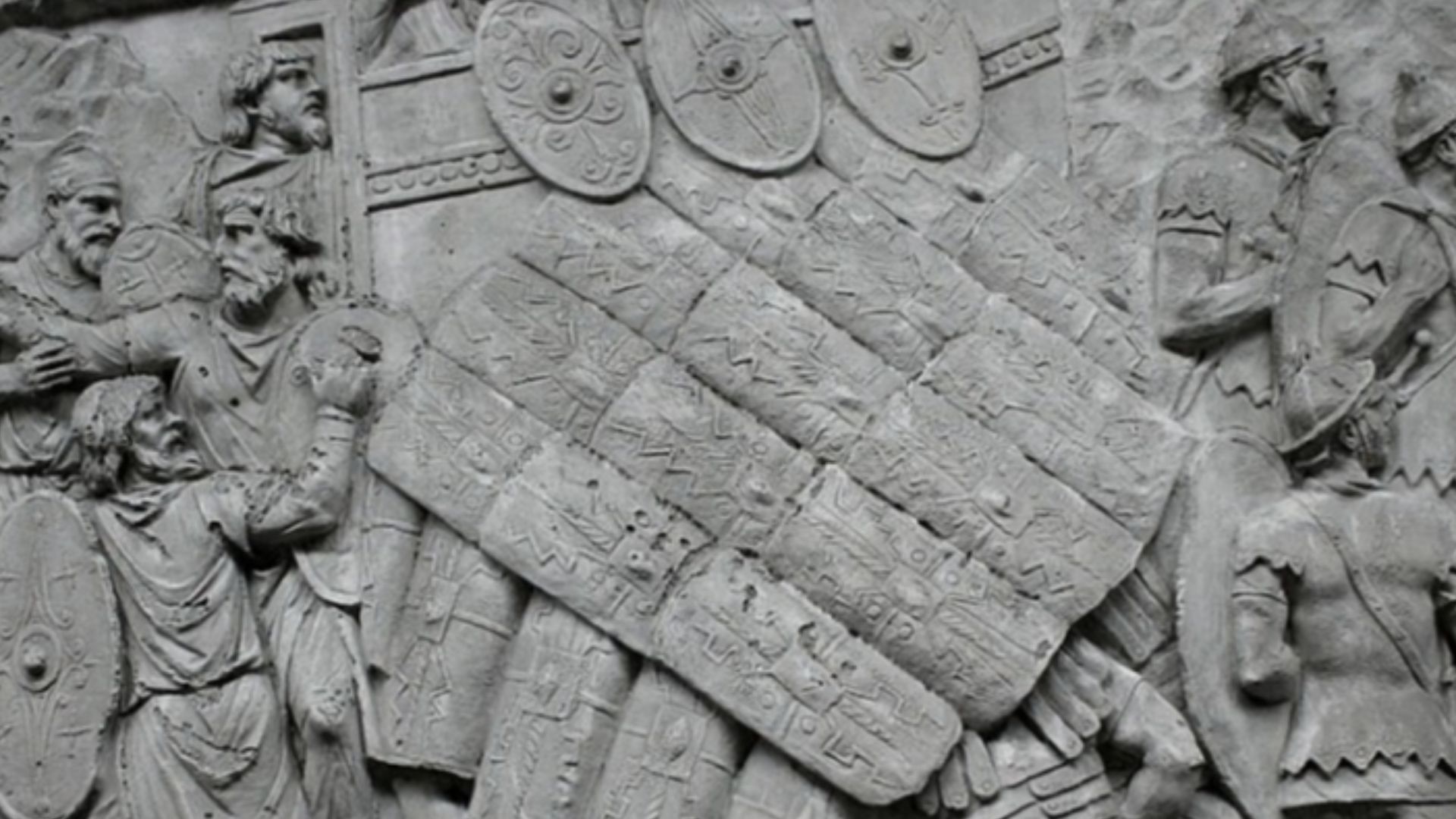 Cassius Ahenobarbus, Wikimedia Commons
Cassius Ahenobarbus, Wikimedia Commons
Return To Pompeii And Civic Honors
After his military service, Agrestinus returned to Pompeii, where he was honored by the city council. During these celebrations, his contributions to Rome’s campaigns earned him a public burial, a rare privilege granted by decree. His tomb’s inscription reflects his esteemed status among Pompeii’s elite.
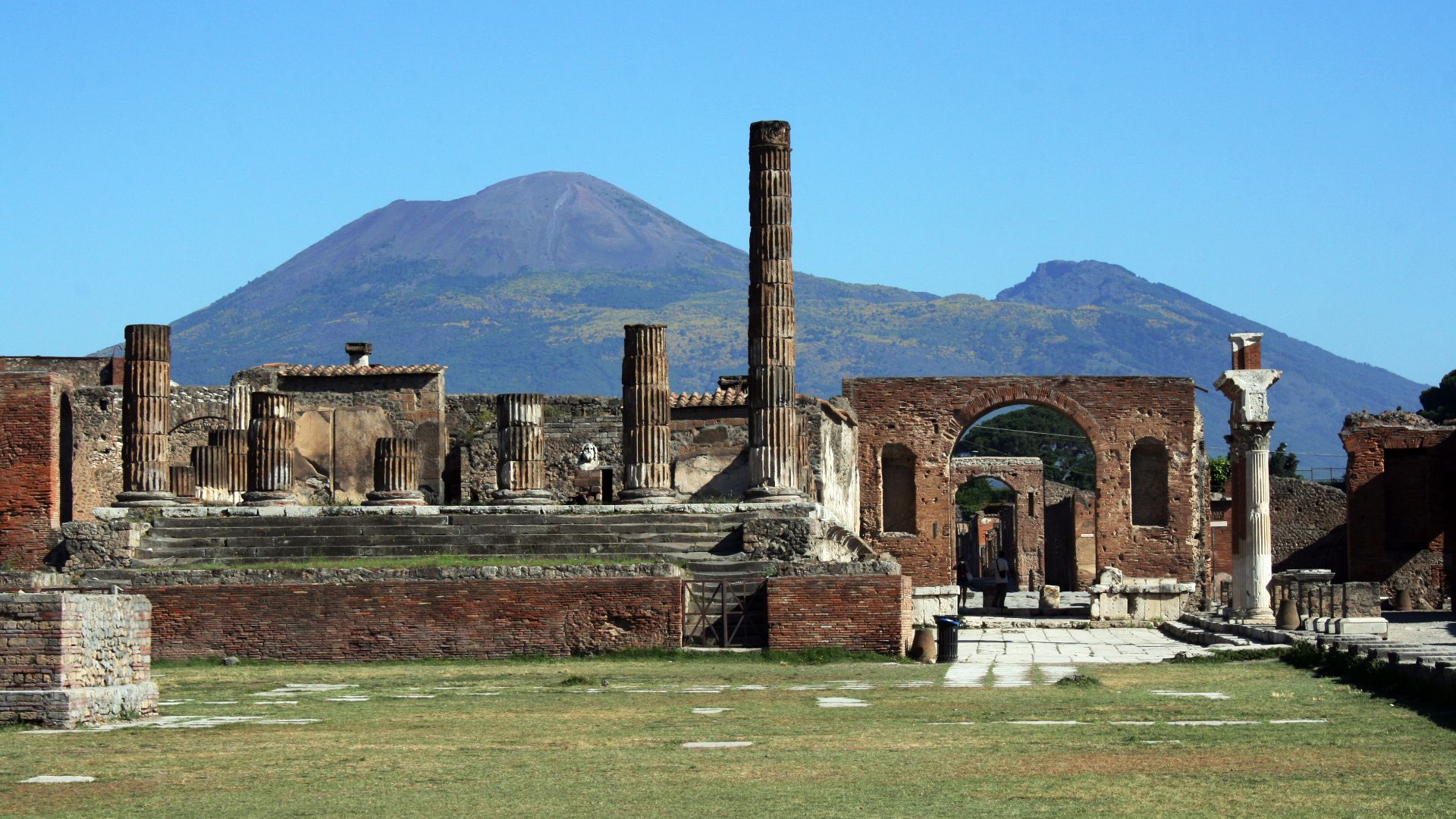 Glen Scarborough from The Central Coast, Australia, Wikimedia Commons
Glen Scarborough from The Central Coast, Australia, Wikimedia Commons
His Passing And Commemoration
Agrestinus likely passed away in the early 1st century CE, possibly due to natural causes or injuries sustained during his campaigns. It was at this time that his wife commissioned a monument for him at Porta Nocera, but the city later honored him with a public tomb.
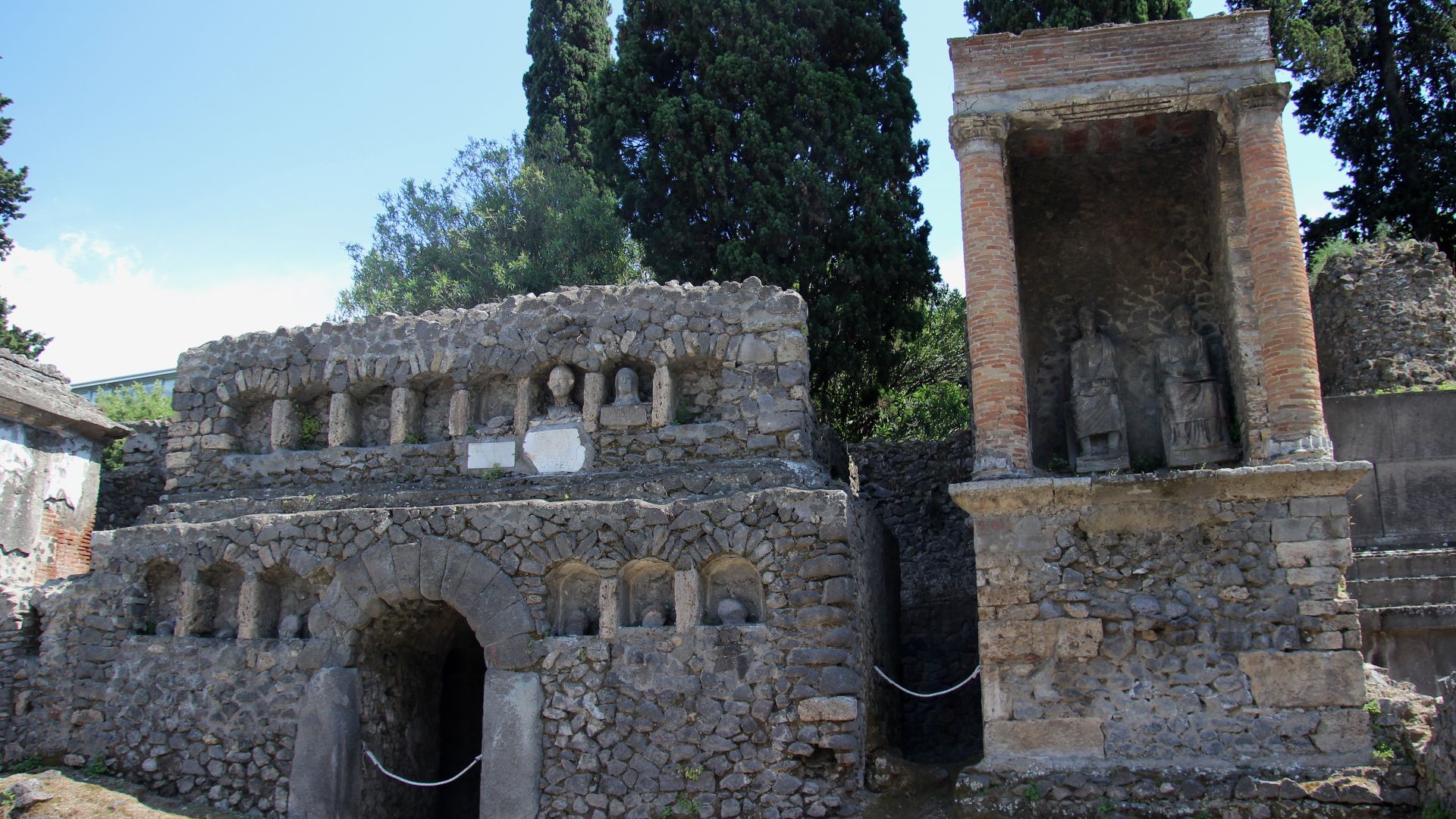 Miguel Hermoso Cuesta, Wikimedia Commons
Miguel Hermoso Cuesta, Wikimedia Commons
The Ultimate Honor Was Public Recognition
Successful officers were rewarded with titles, public honors, inscriptions, and tombs. Agrestinus’s red-painted inscription, a unique feature in Roman epigraphy, underscores the official recognition of his legacy. His public burial granted by decree reflects his prestige and influence.
What’s New?
The inscription confirms that Agrestinus held the position of Duumvir twice, a high-ranking magistrate in Pompeii. This suggests he was not only a military leader but also deeply involved in civic administration, taking precedence and shaping local governance.
 Dyer, Thomas Henry,Wikimedia Commons
Dyer, Thomas Henry,Wikimedia Commons
The Title “Prefect Of The Autrygoni”
This title had never been documented before. The Autrigones were a tribe in northern Hispania, and Agrestinus’s role as “Prefect of the Autrygoni” points to the fact that he was responsible for overseeing Roman control in the region during the Cantabrian Wars (29–19 BCE).
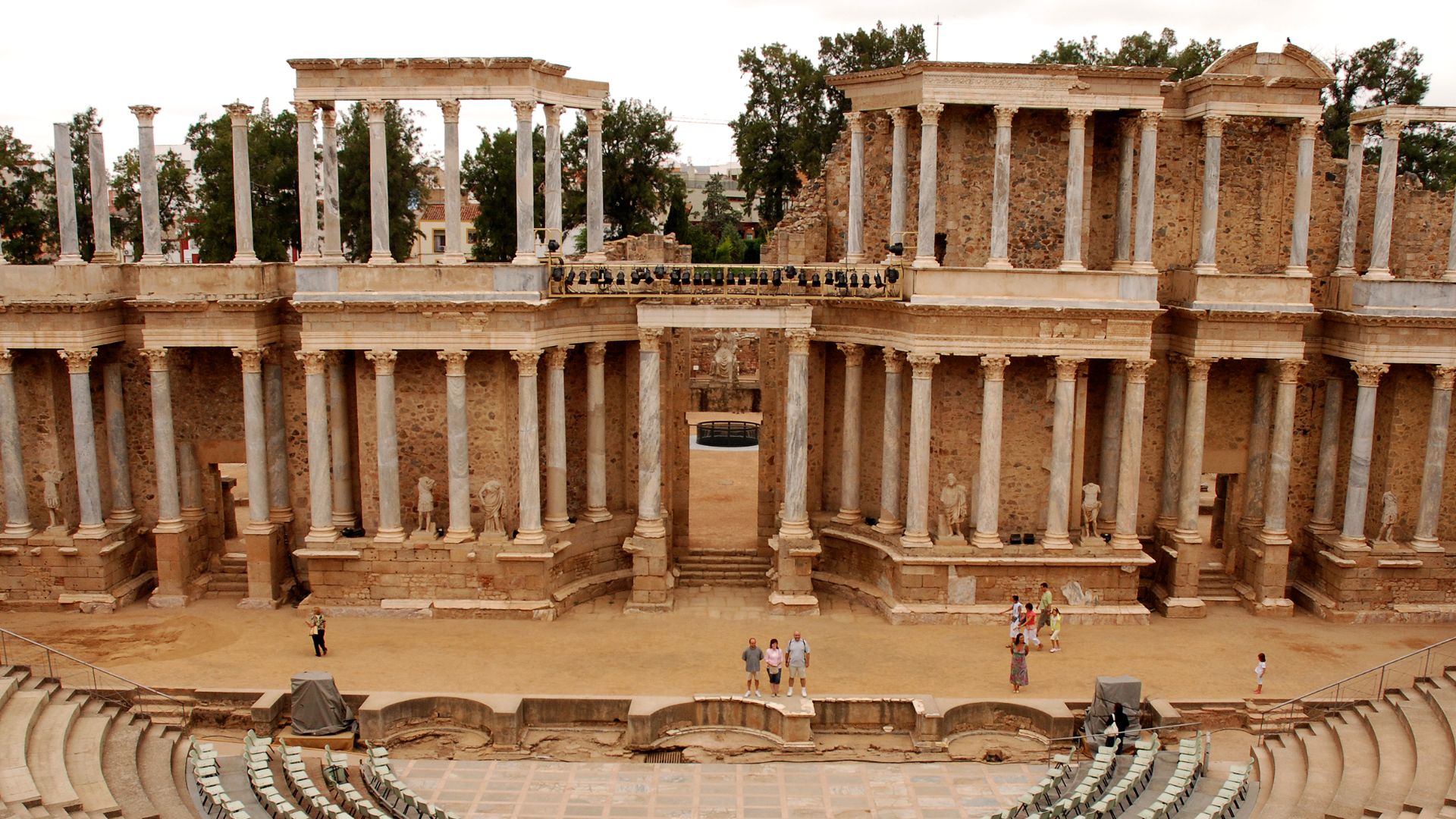 Helen Rickard from United Kingdom, Wikimedia Commons
Helen Rickard from United Kingdom, Wikimedia Commons
Why The Cantabrian Wars Happened
The Cantabrian Wars, which unfolded between 29 and 19 BCE, marked the final phase of Rome’s conquest of Hispania. This battle targeted the fiercely independent Cantabri and Astures tribes in modern-day northern Spain. These Celtic peoples had resisted Roman rule with guerrilla tactics.
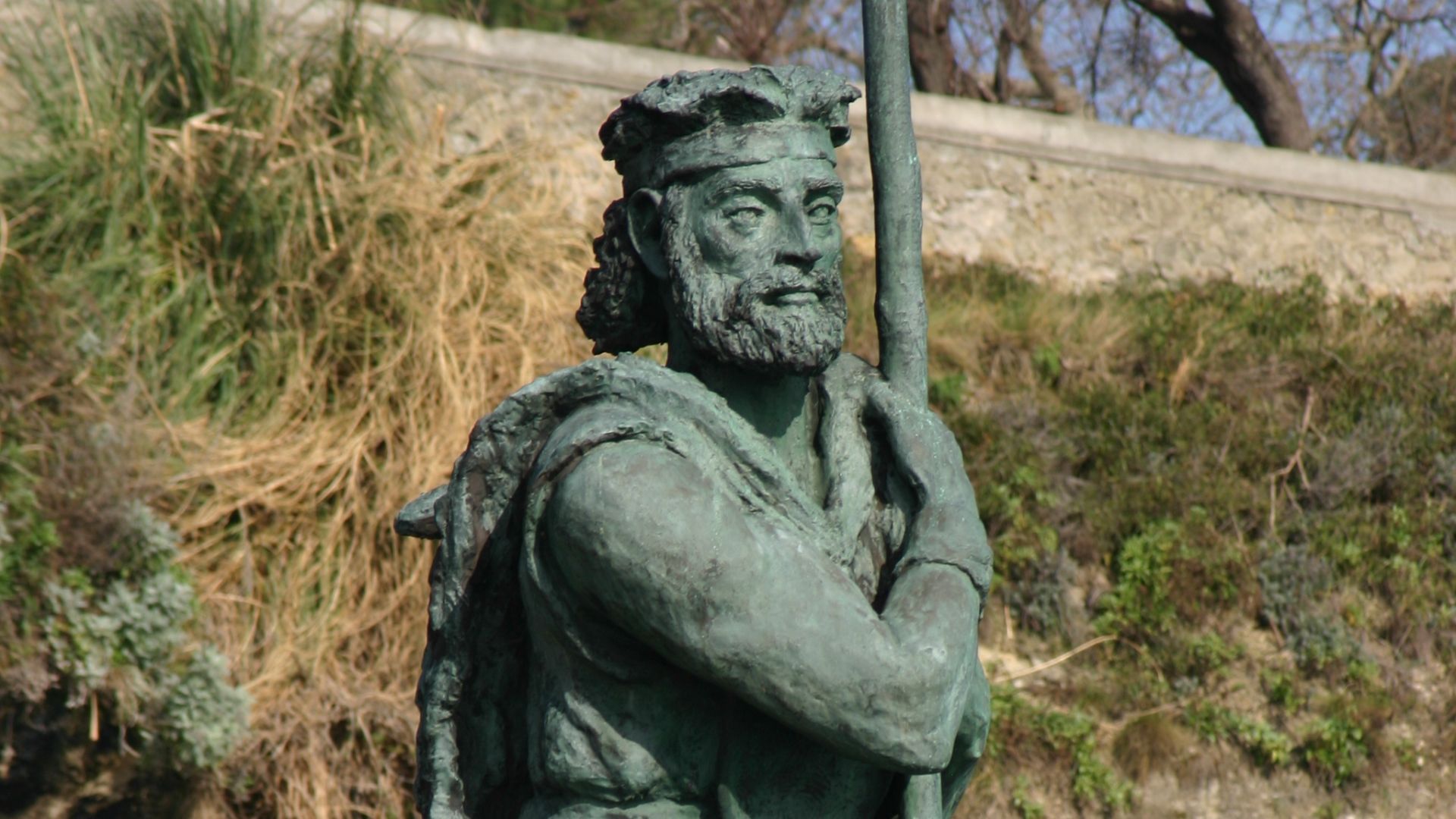 Josep Panadero, Wikimedia Commons
Josep Panadero, Wikimedia Commons
The First Phase (29–25 BCE): Bellum Cantabricum
Rome’s initial campaign focused on the Cantabri, who used their mountainous terrain to launch ambushes. Their warriors, skilled in light cavalry and ranged weapons, inflicted heavy losses on Roman forces. Augustus personally oversaw operations from Segisama (modern Sasamon, Burgos), deploying 80,000 troops to subdue the region.
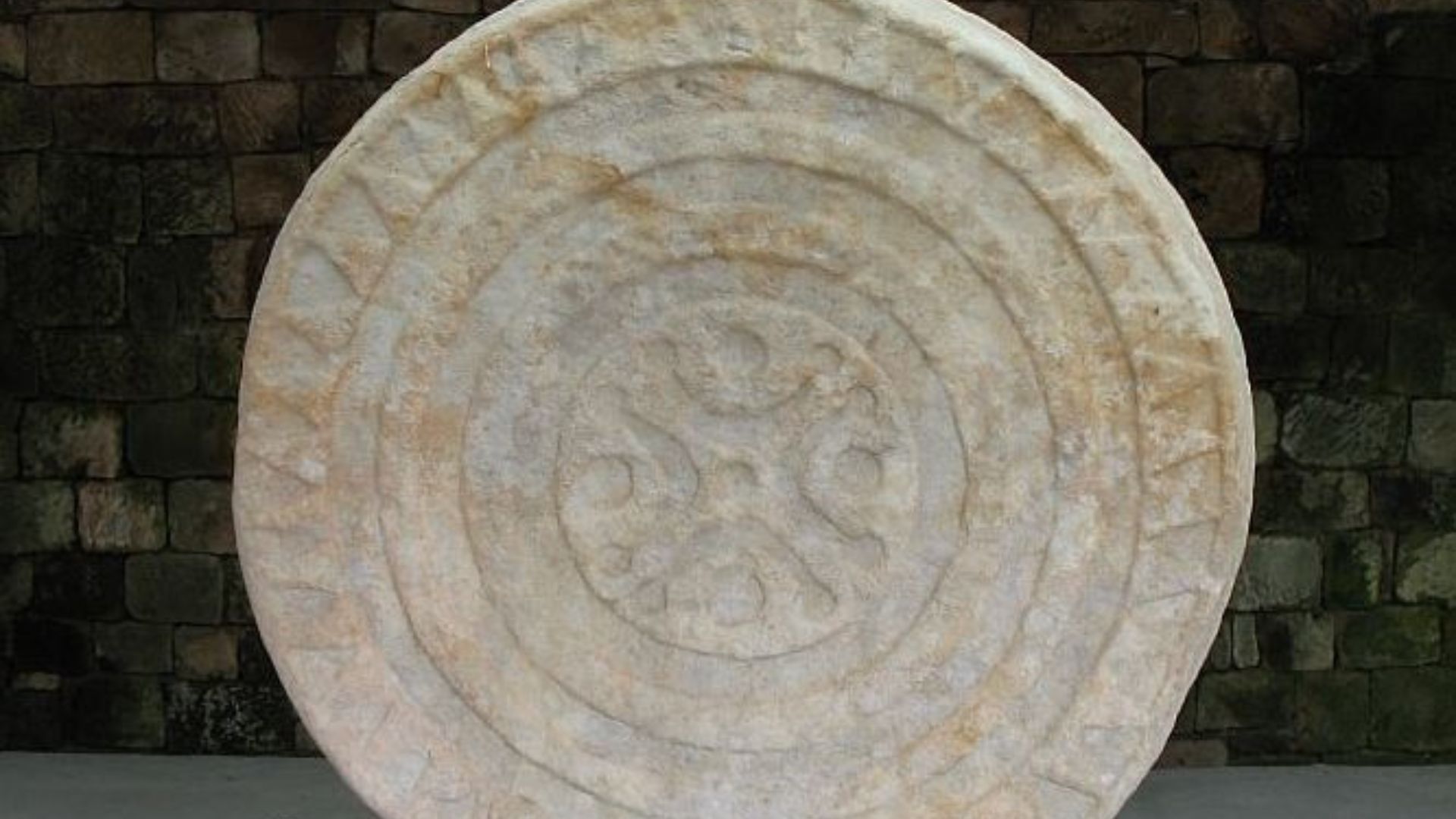 María Victoria Gómez Fernández, Wikimedia Commons
María Victoria Gómez Fernández, Wikimedia Commons
The Second Phase (25–19 BCE): Bellum Asturicum
In 25 BCE, Rome turned its attention to the Astures, Cantabri ally. The Astures planned a surprise attack on Roman camps near the Astura River, but the Brigaecini, a coastal tribe, betrayed their strategy. Roman General Publius Carisius launched a counterattack, and this forced the Astures into their mountain strongholds.
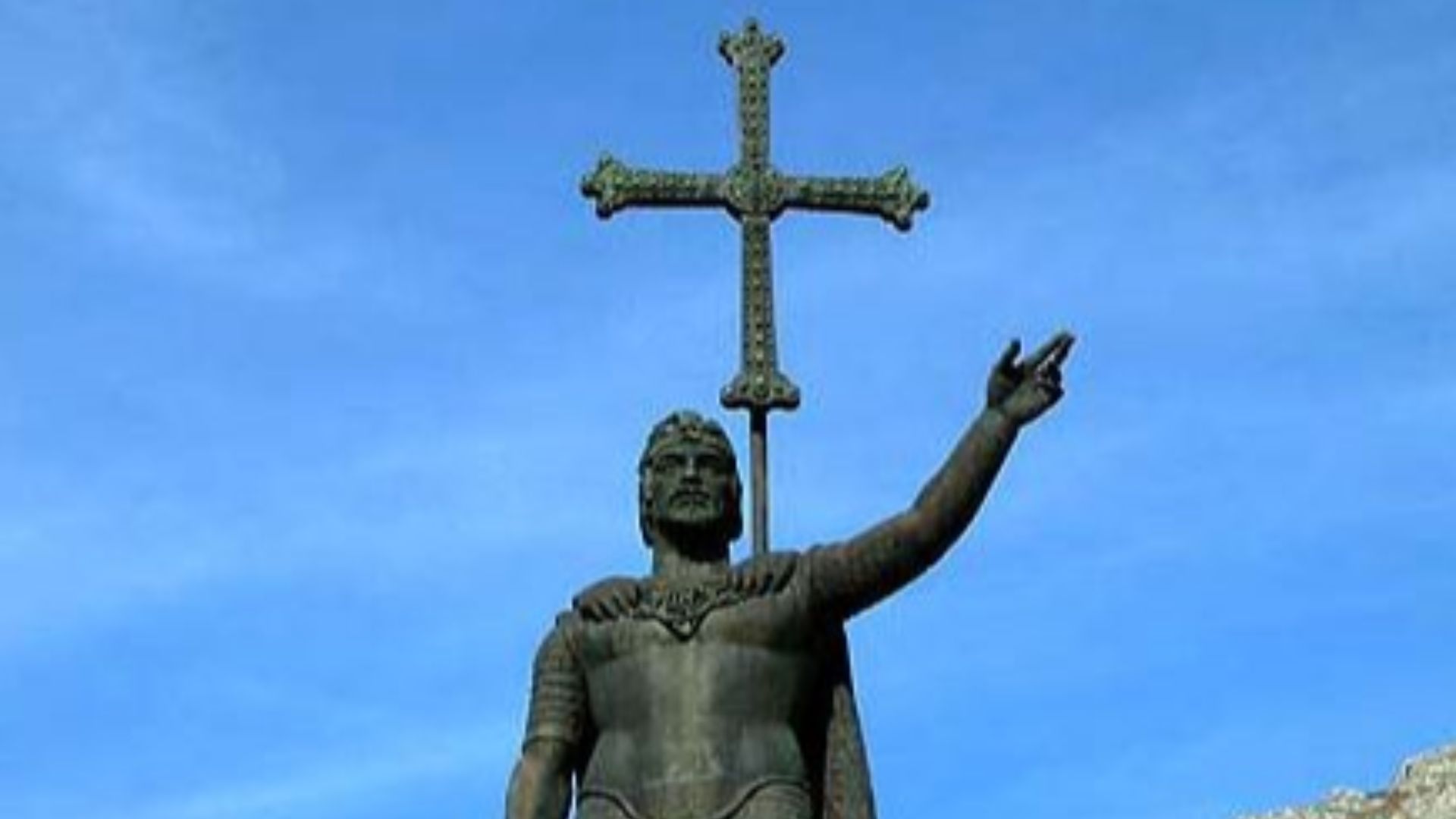 Tony Rotondas, Wikimedia Commons
Tony Rotondas, Wikimedia Commons
The Brutal Endgame (19 BCE)
Rome besieged Lancia, the last Asturian stronghold, crushing resistance. The Cantabri, refusing to surrender, committed mass suicide rather than become Roman slaves. Some poisoned themselves using yew tree seeds, while others set fire to their homes or fell on their swords.
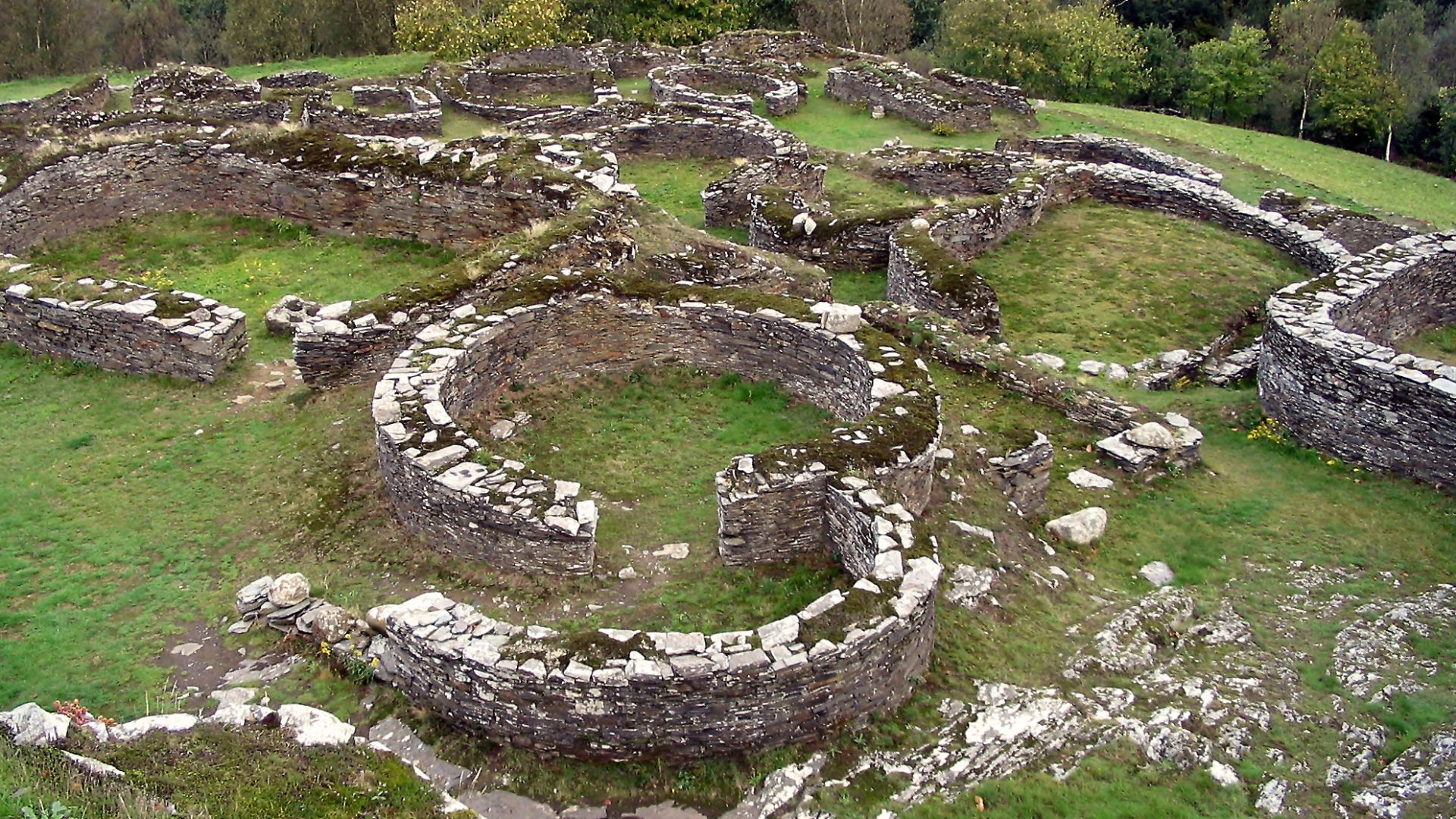 Markus Braun, Wikimedia Commons
Markus Braun, Wikimedia Commons
Aftermath And Roman Control
Despite the “victory,” Rome stationed two legions (X Gemina and IV Macedonica) in the region for 70 years to suppress uprisings. The Cantabrians’s solar and lunar symbols were later adopted by Roman legions, and their cavalry tactics influenced Roman warfare. Augustus refused a triumph, acknowledging the brutality of the war.
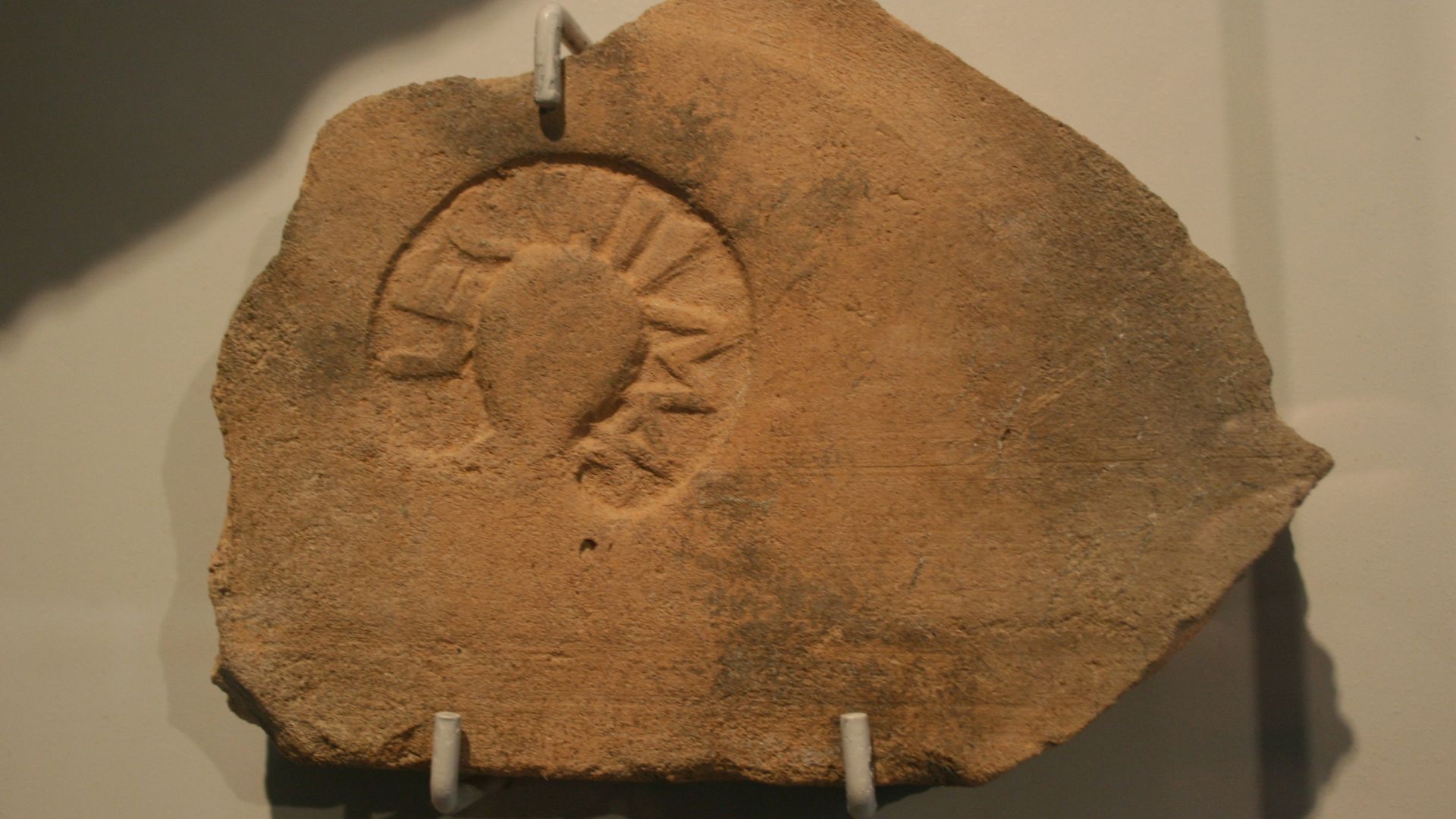 Haselburg-müller, Wikimedia Commons
Haselburg-müller, Wikimedia Commons
During This War, Numerius Agrestinus’s Role Was…
…a military tribune responsible for leading and coordinating Roman legions. His strategic expertise might have helped suppress the fiercely resistant Cantabri and Astures. The Prefect of the Autrygoni title suggested he practiced his governance, which involved taxation and the integration of local populations into Roman administration.
There’s More
Agrestinus’s additional title as Prefect of Engineers might have allowed Roman troops to move through Hispania’s rugged terrain and maintain crucial supply lines, strengthening Rome’s presence. When he got back home, he must have been welcomed with triumph and gratitude; the red paint says so.
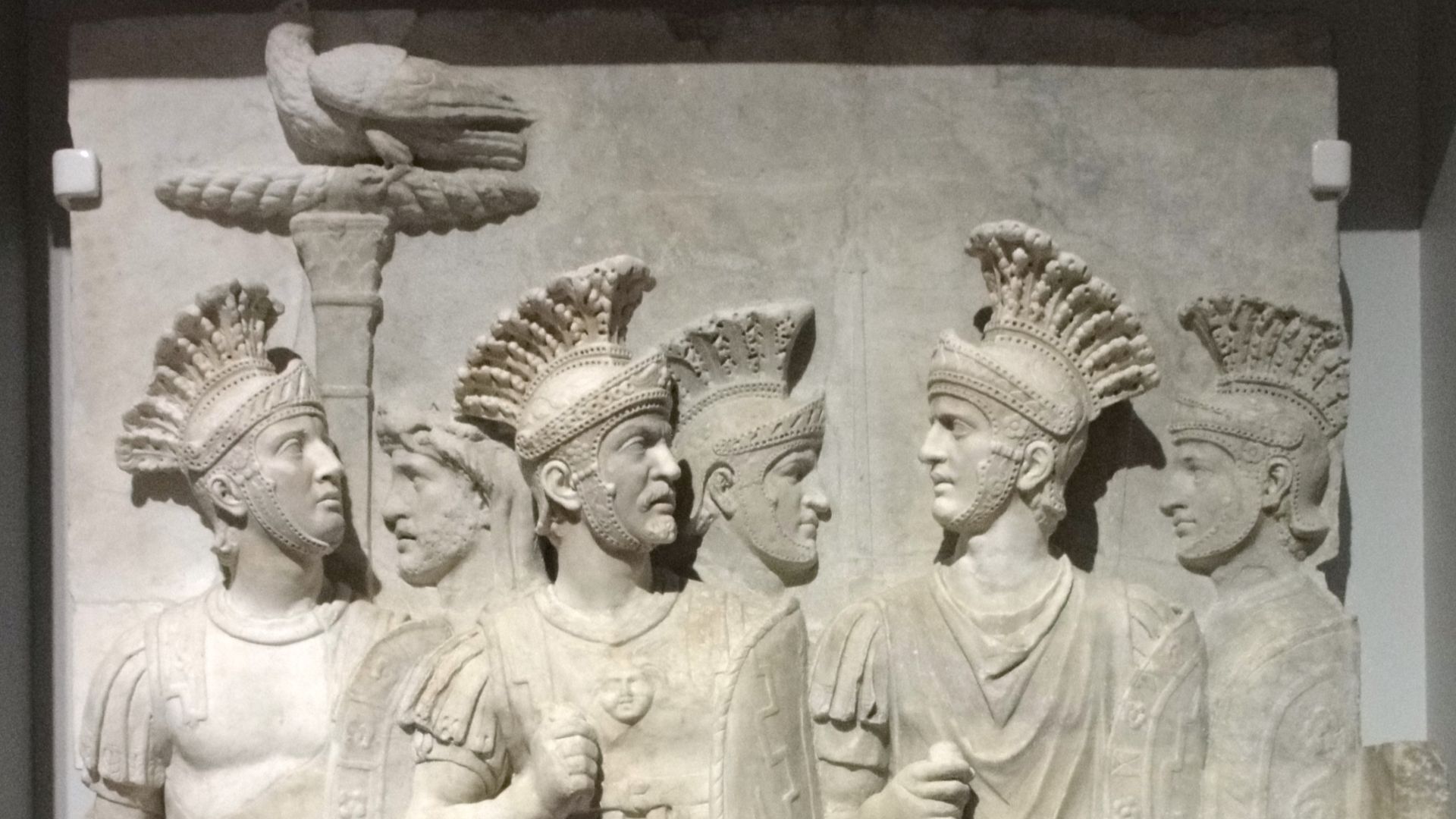 Unknown authorUnknown author, Wikimedia Commons
Unknown authorUnknown author, Wikimedia Commons
The Context Of His Burial
His tomb was discovered during the building of a functional air chamber devised to evacuate moisture from underground spaces in the San Paolino building, which now houses Pompeii’s new library. This means his burial site was carefully chosen for long-term preservation.
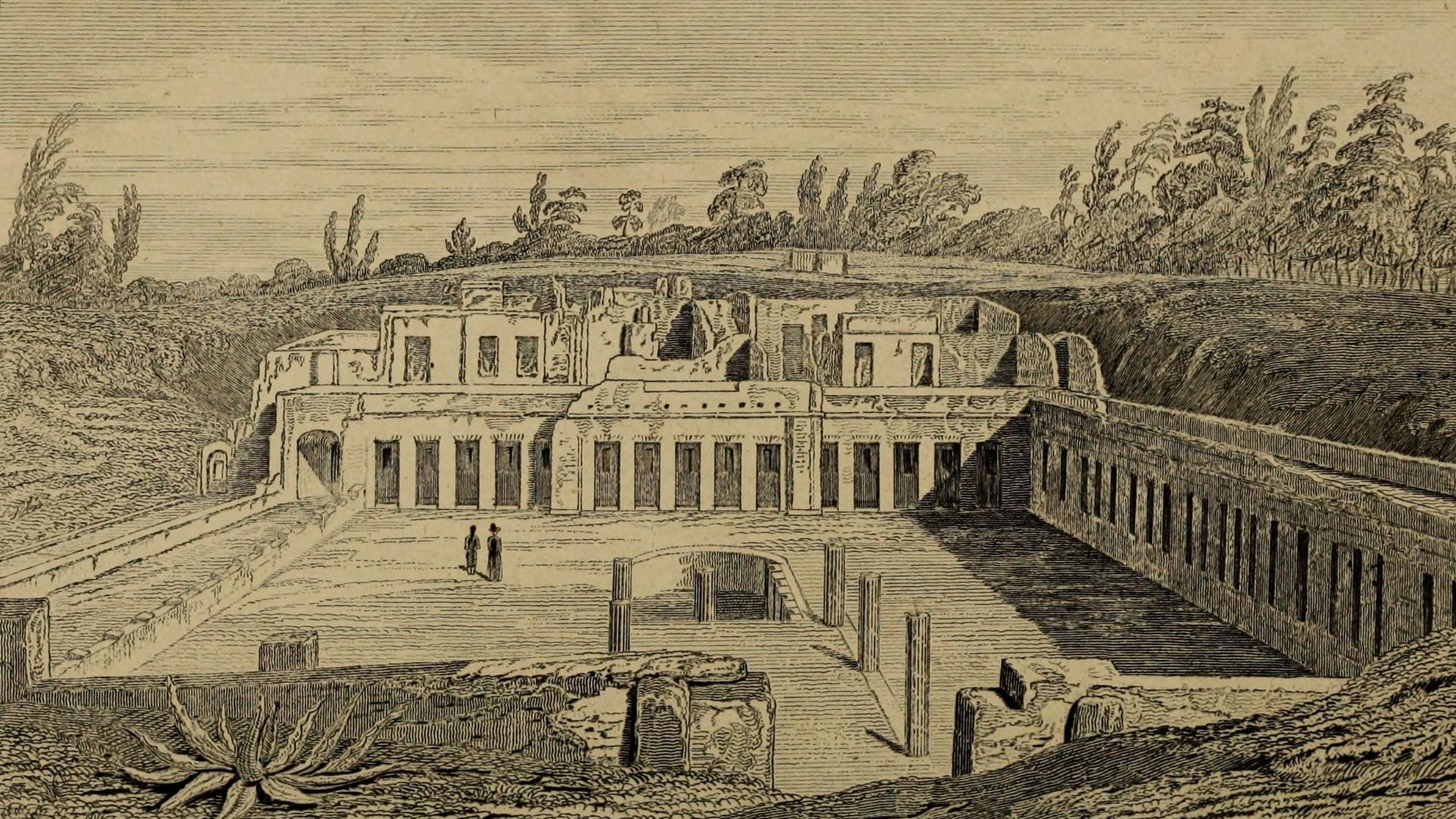 Internet Archive Book Images, Wikimedia Commons
Internet Archive Book Images, Wikimedia Commons
Preservation And Public Display Plans
Because of the historical significance of the tomb, conservationists started to stabilize it in order to stop it from deteriorating. In order to let tourists see the inscription and discover more about Agrestinus's contributions to Roman civic and military life, plans were formed to museumize the monument.
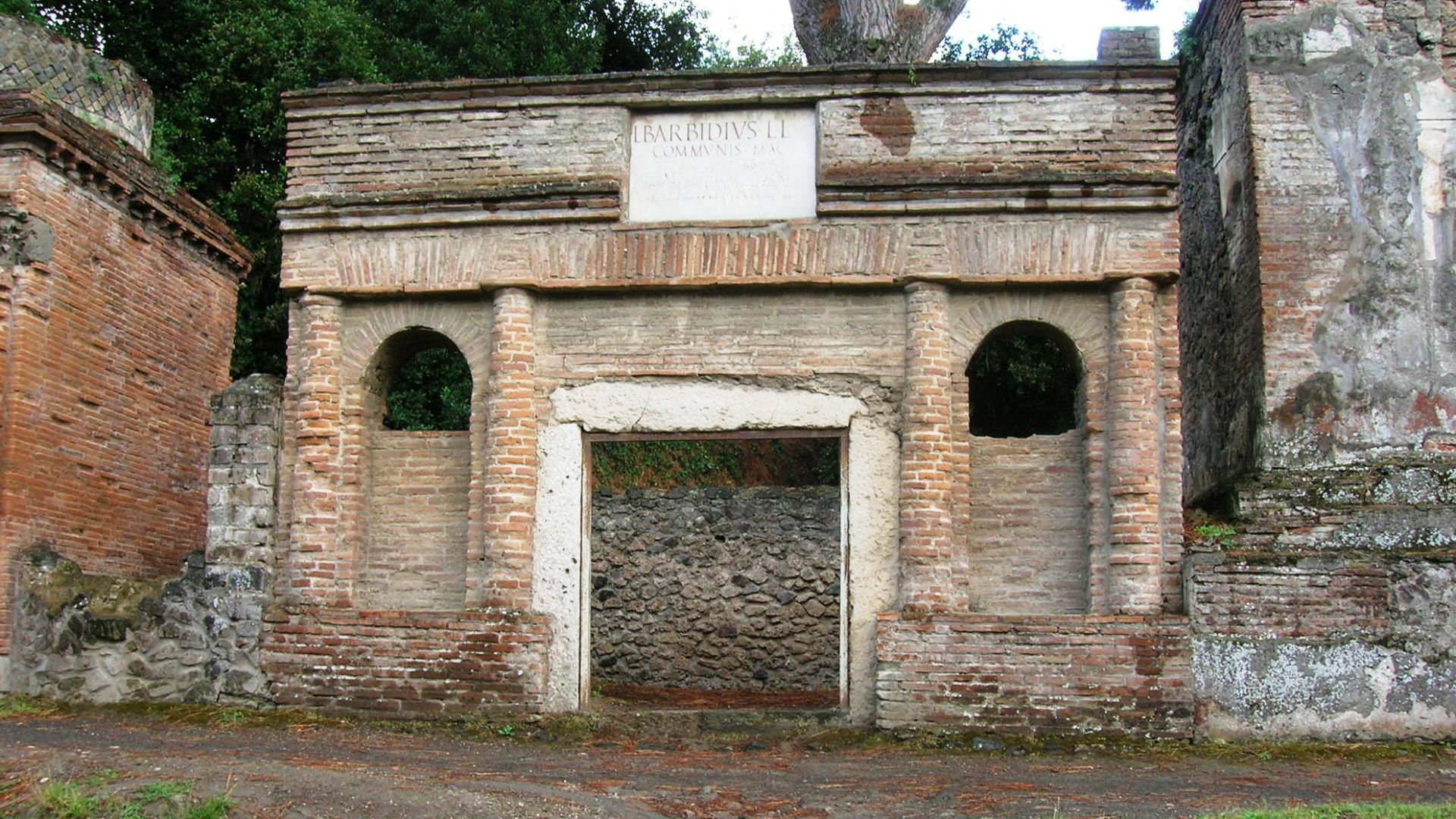 Mentnafunangann, Wikimedia Commons
Mentnafunangann, Wikimedia Commons
Broader Implications For Roman Military Elite
These findings reinforce the idea that high-ranking officers like Agrestinus were more than warriors—they were engineers, governors, and civic leaders. Their roles extended beyond warfare, influencing infrastructure, taxation, and Romanization efforts in conquered regions.
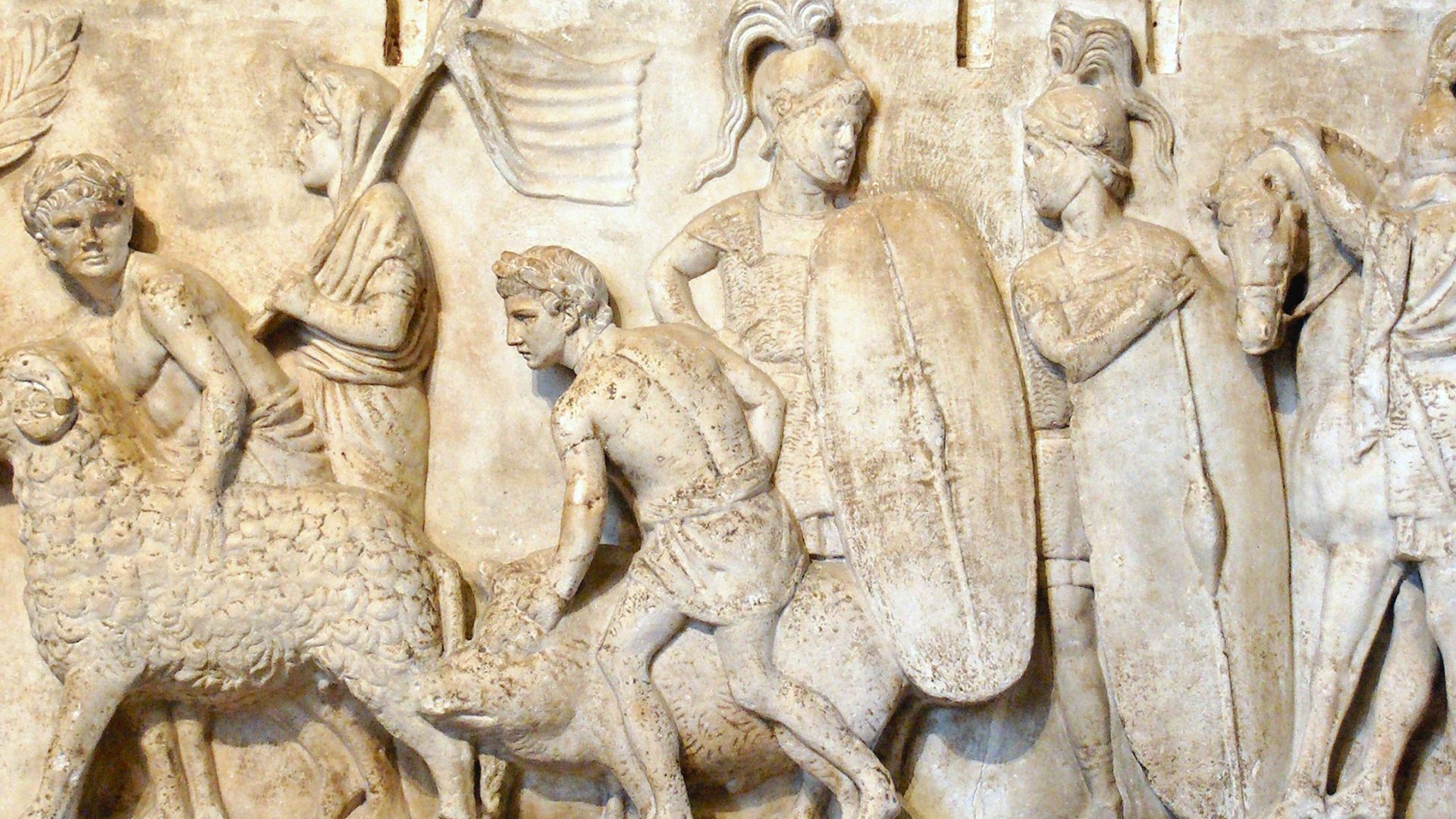 Unknown artistUnknown artist, Wikimedia Commons
Unknown artistUnknown artist, Wikimedia Commons
The Director General Of Museums Stated That
“The discovery of the tomb of Numerius Agrestinus represents a new and important result of a project related to the restructuring of State buildings in the San Paolino area, which already in 2017, as part of the Great Pompeii Project, brought to light extraordinary findings”. Massimo Osanna.
 Marcus Cyron, Wikimedia Commons
Marcus Cyron, Wikimedia Commons
This Statement Highlights The Significance Of The Discovery
The words from Massimo Osanna, the Director General of Museums, emphasize the importance of the discovery in relation to the larger context of Pompeii's current archaeological projects. Initiated in 2012, the Great Pompeii Project sought to excavate, restore, and conserve important parts of the ancient city.
 Marcus Cyron, Wikimedia Commons
Marcus Cyron, Wikimedia Commons
The Role Of The Great Pompeii Project
Osanna brought up the project's 2017 phase, which had already produced remarkable results in the San Paolino region. This hitherto unnoticed area of Pompeii became the focus of excavation and structural reinforcement, which resulted in this discovery.
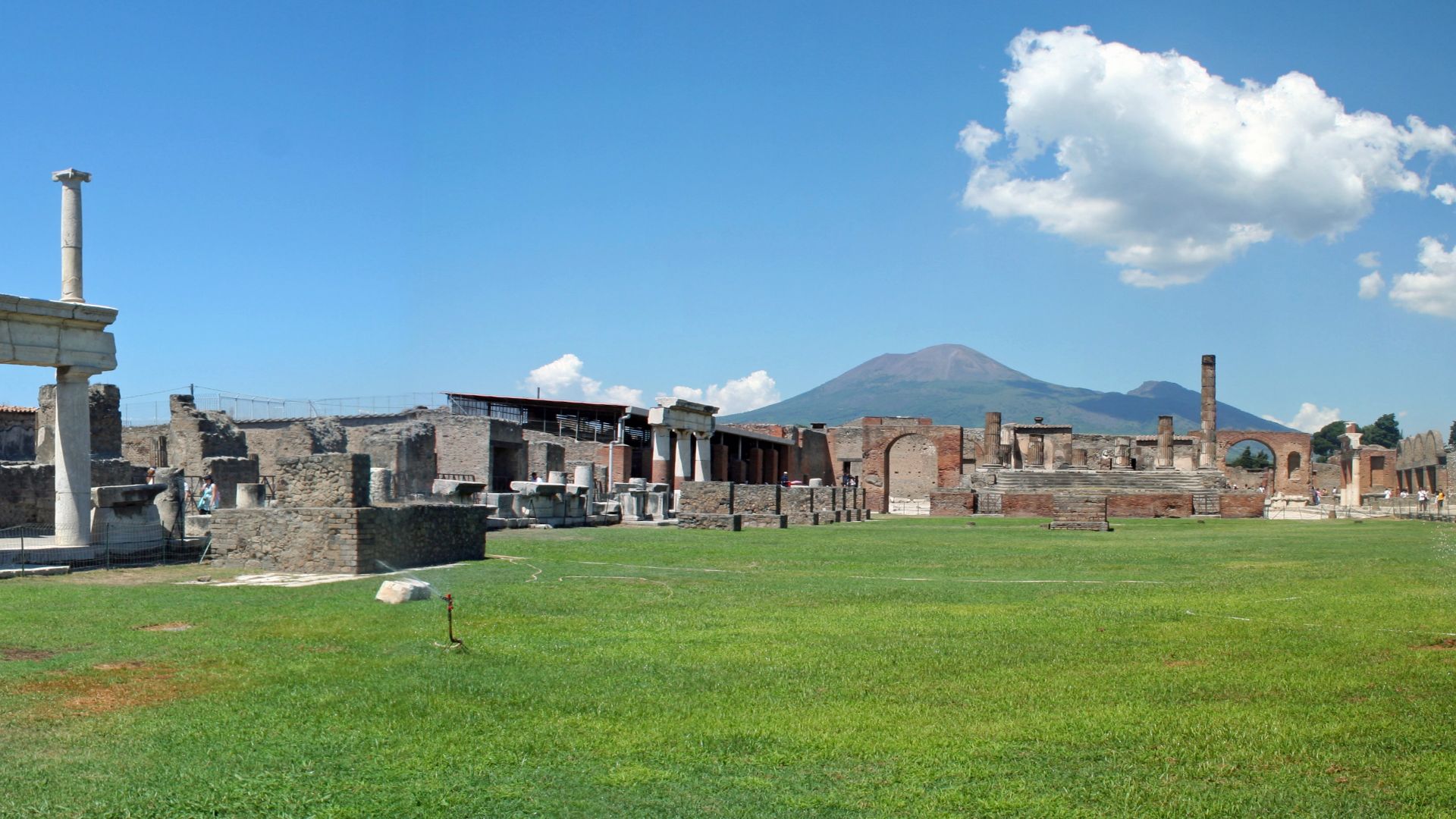 Heinz-Josef Lücking, Wikimedia Commons
Heinz-Josef Lücking, Wikimedia Commons
The Ongoing Impact Of The Project
Through the preservation of buildings and the discovery of fresh accounts of its residents, the Great Pompeii Project keeps changing how we perceive the city. Agrestinus's tomb serves as an example of how ordinary conservation work can result in important historical discoveries.
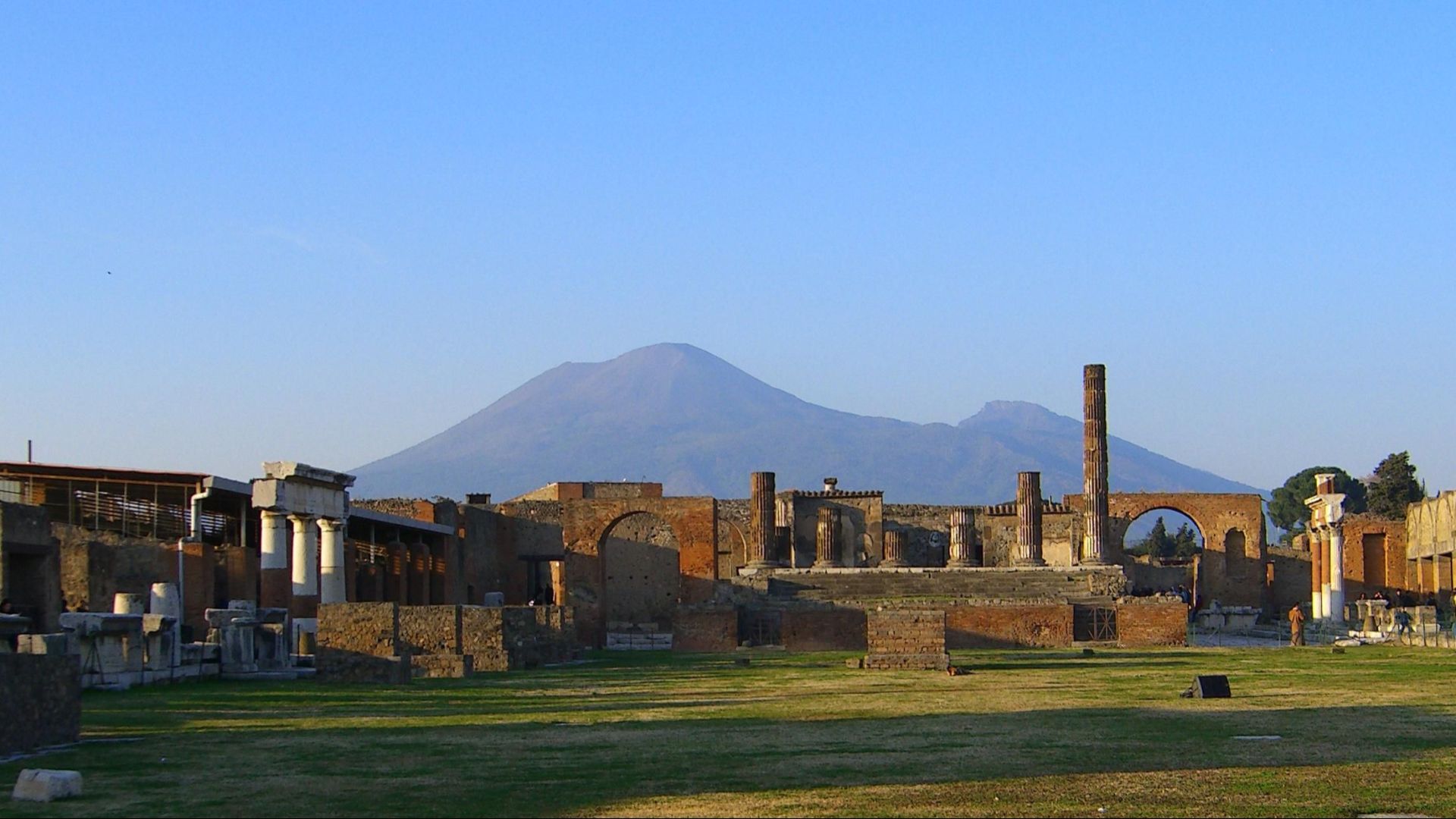 Valentin Popescu, Wikimedia Commons
Valentin Popescu, Wikimedia Commons


